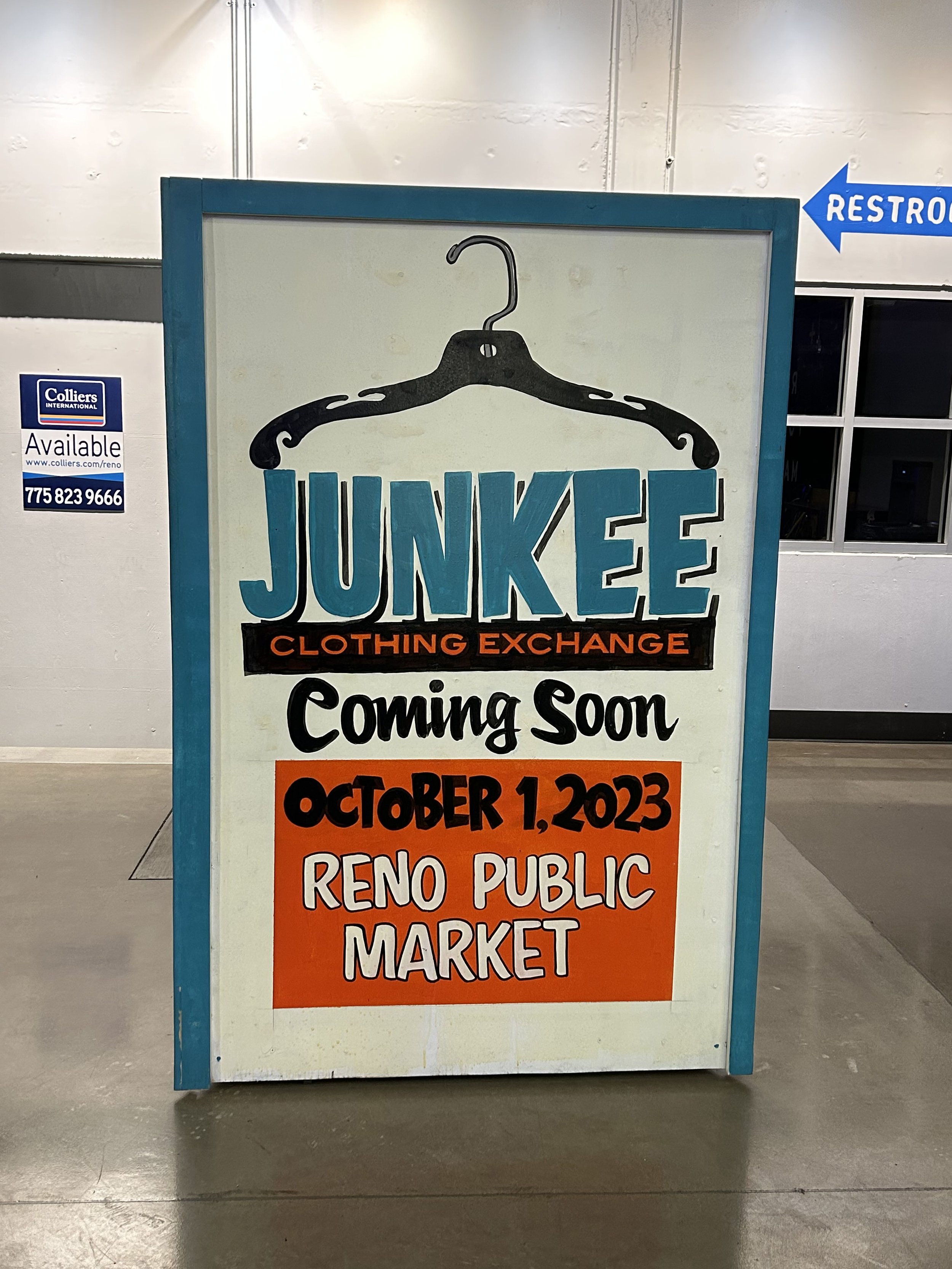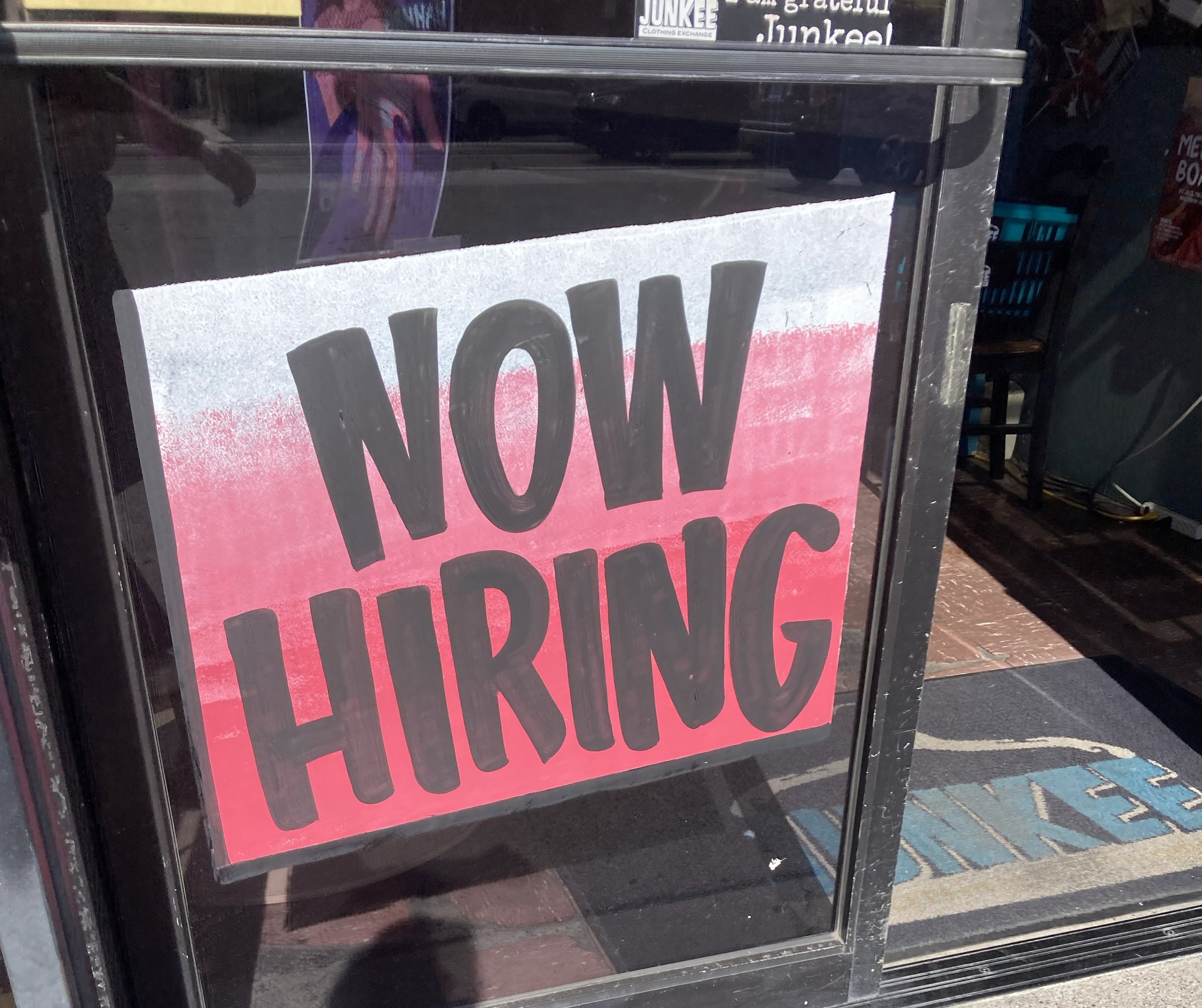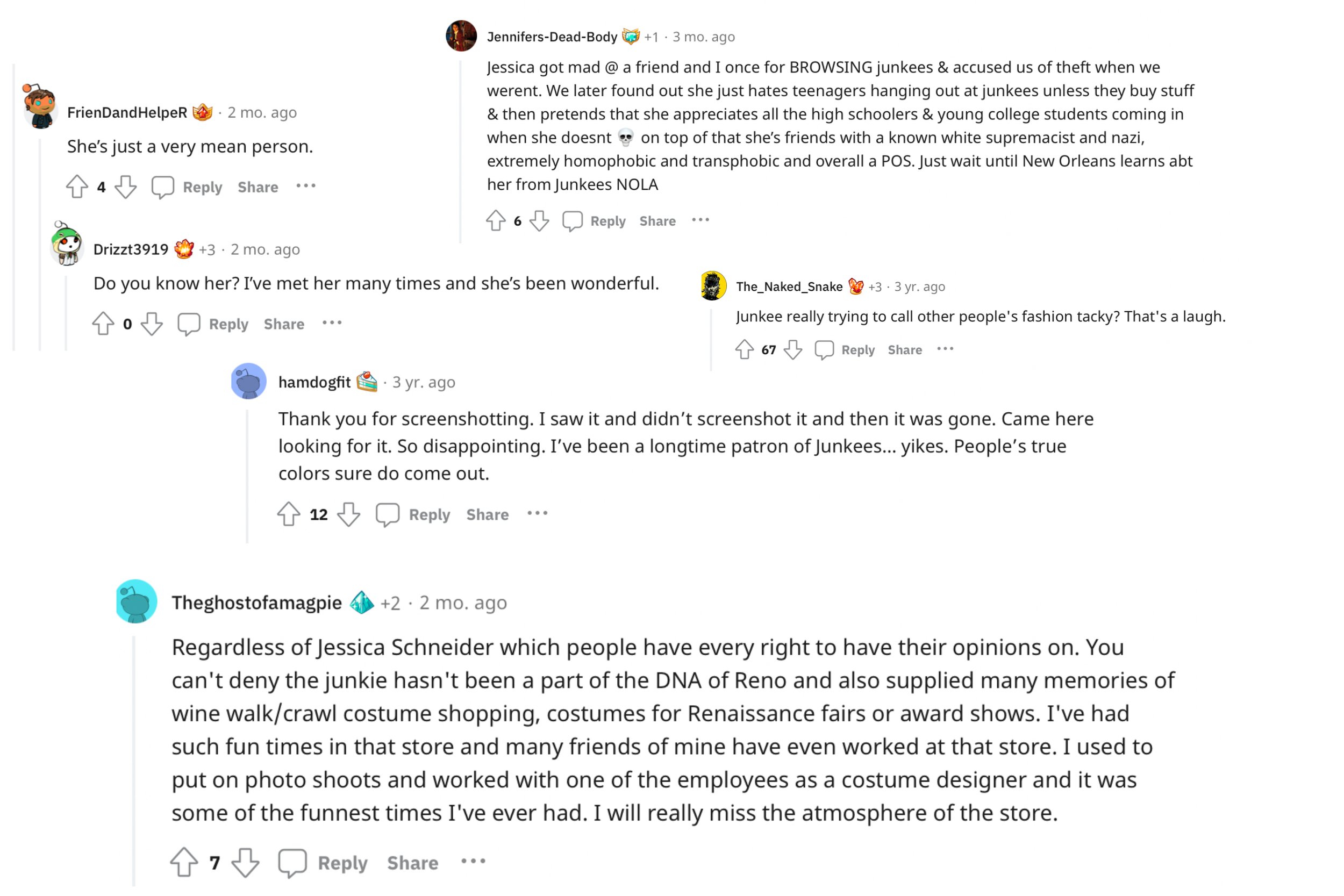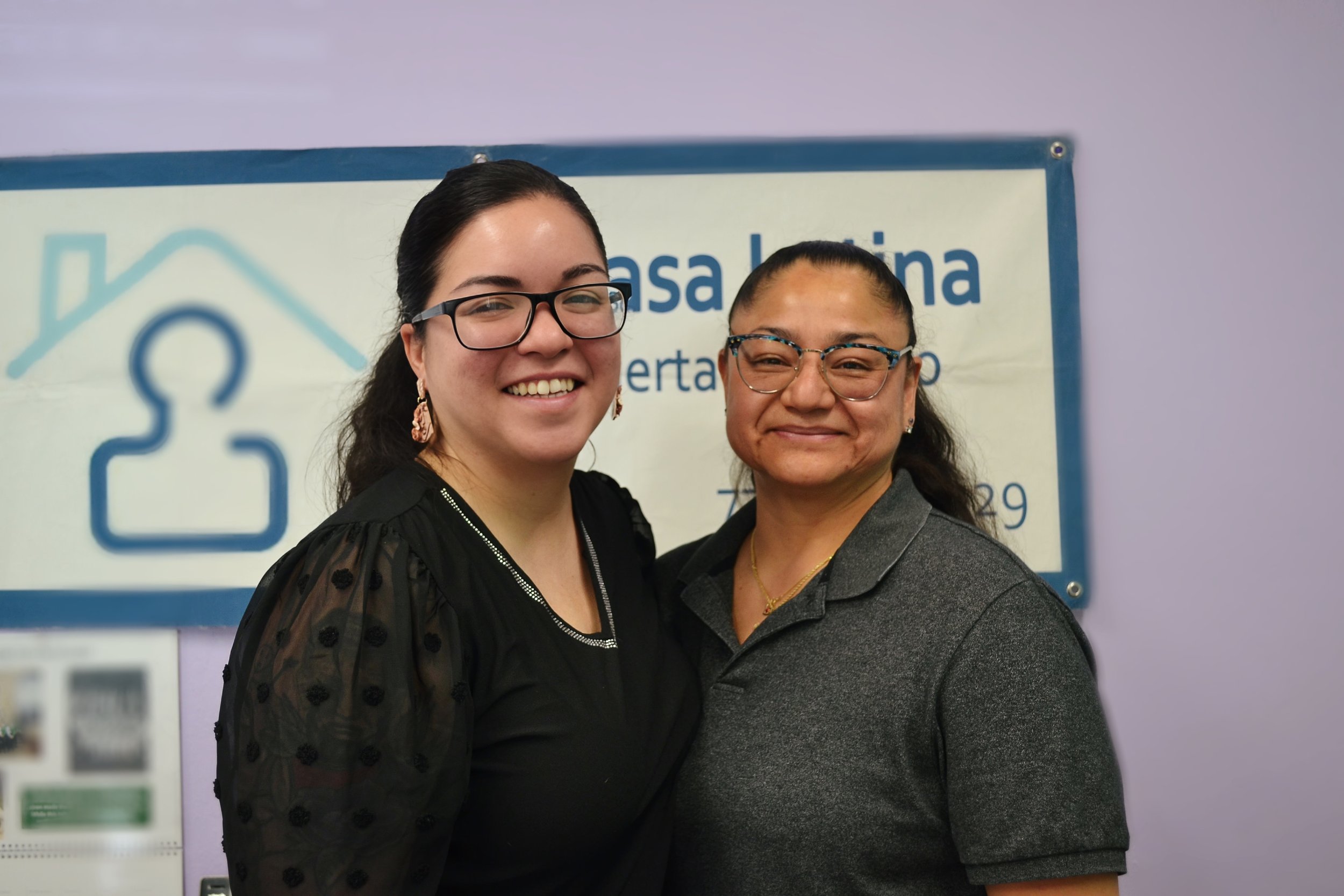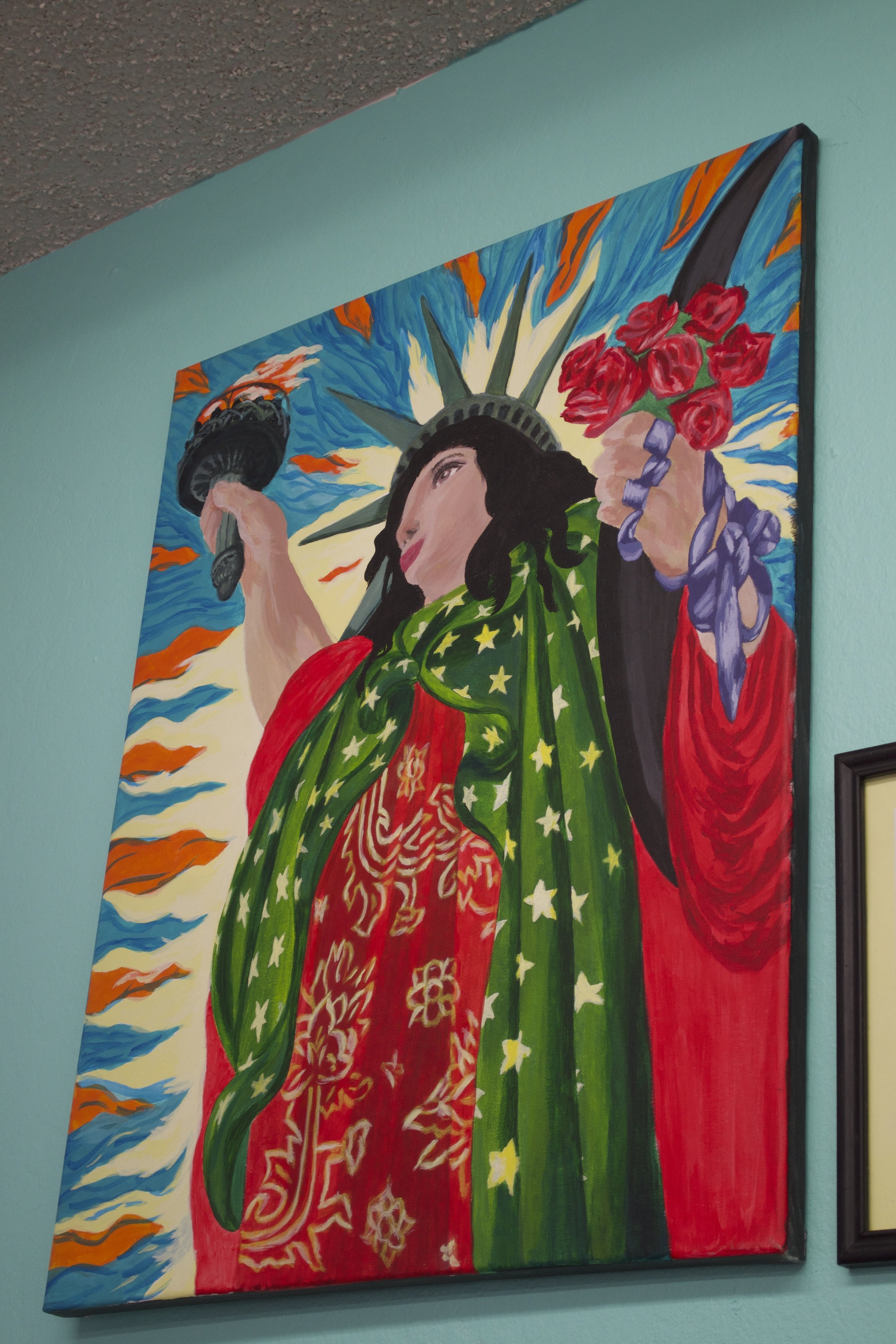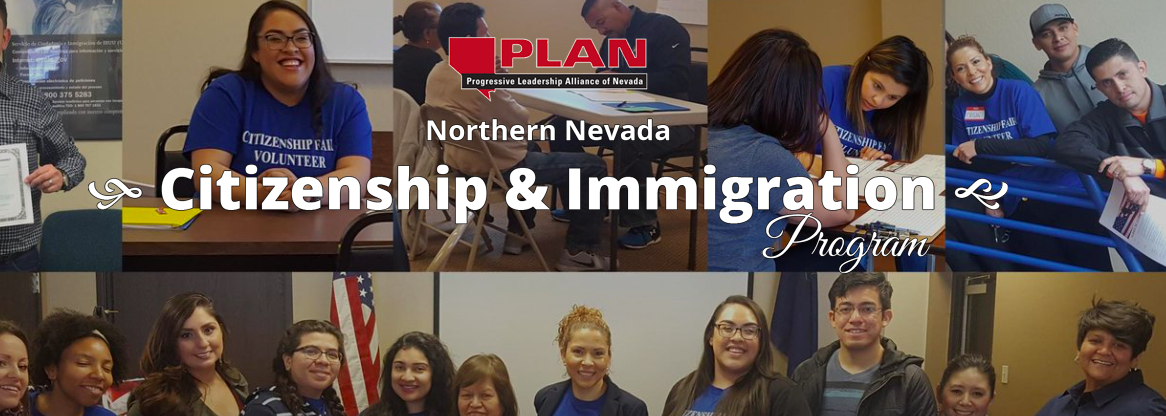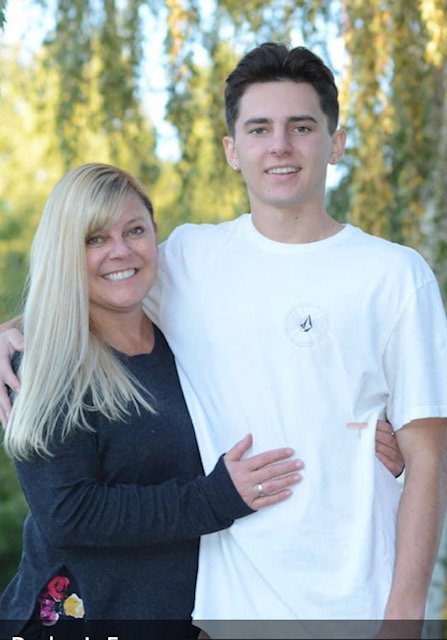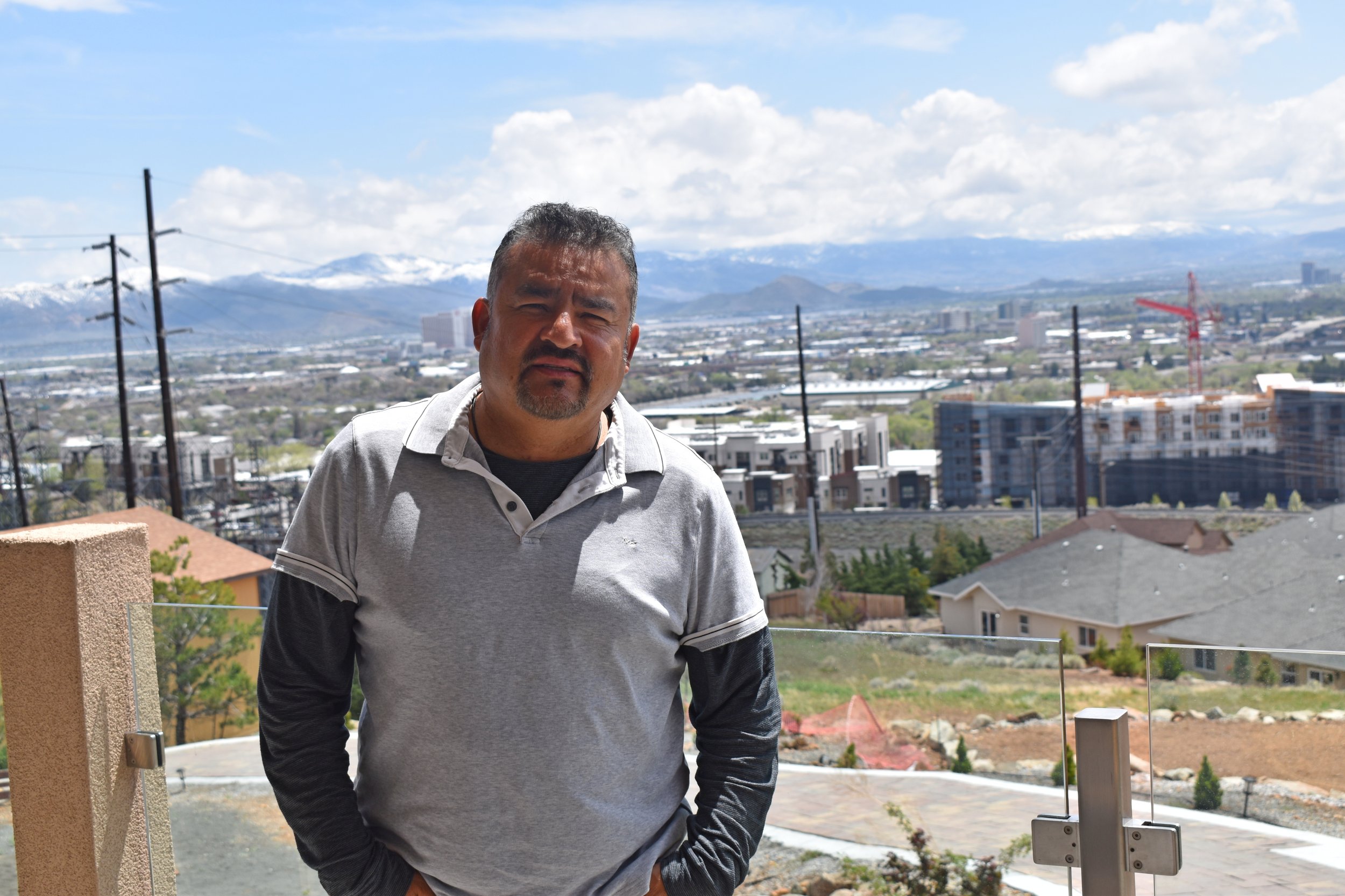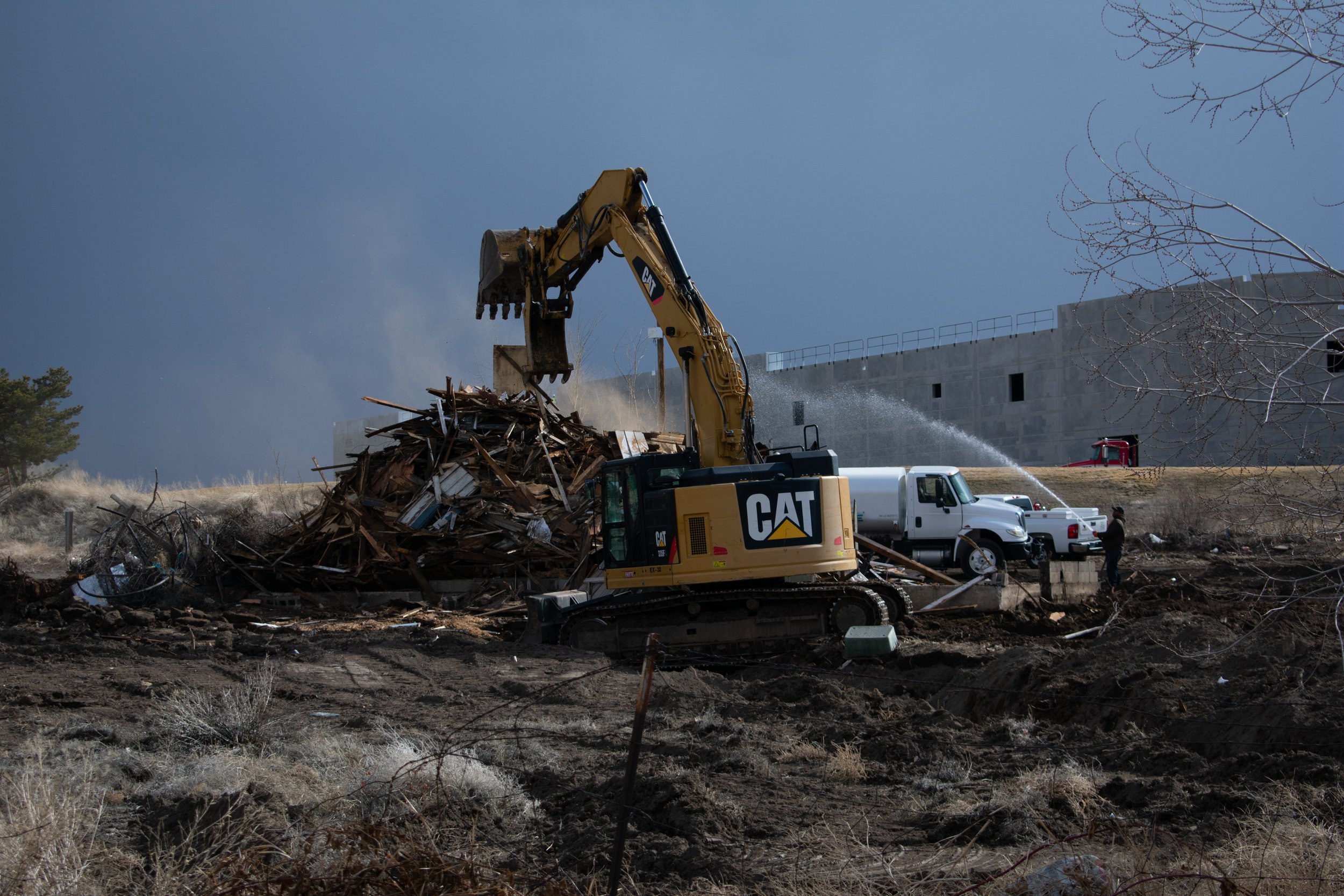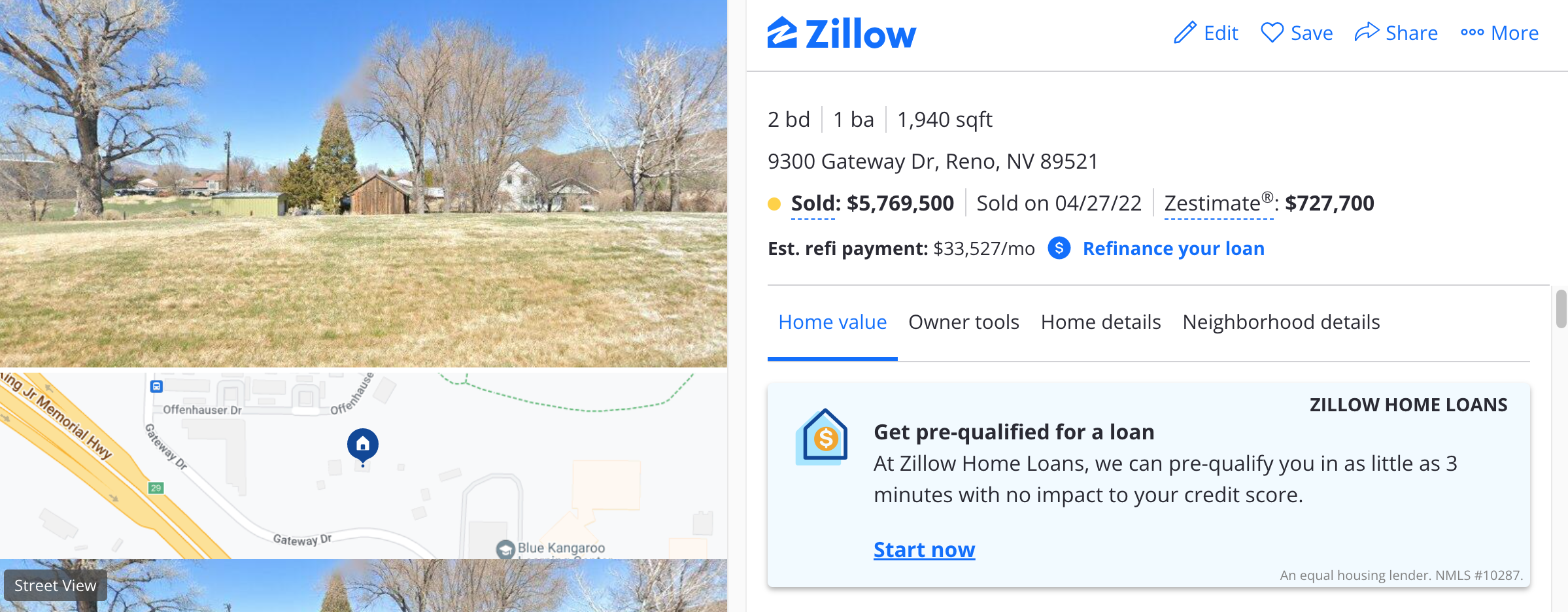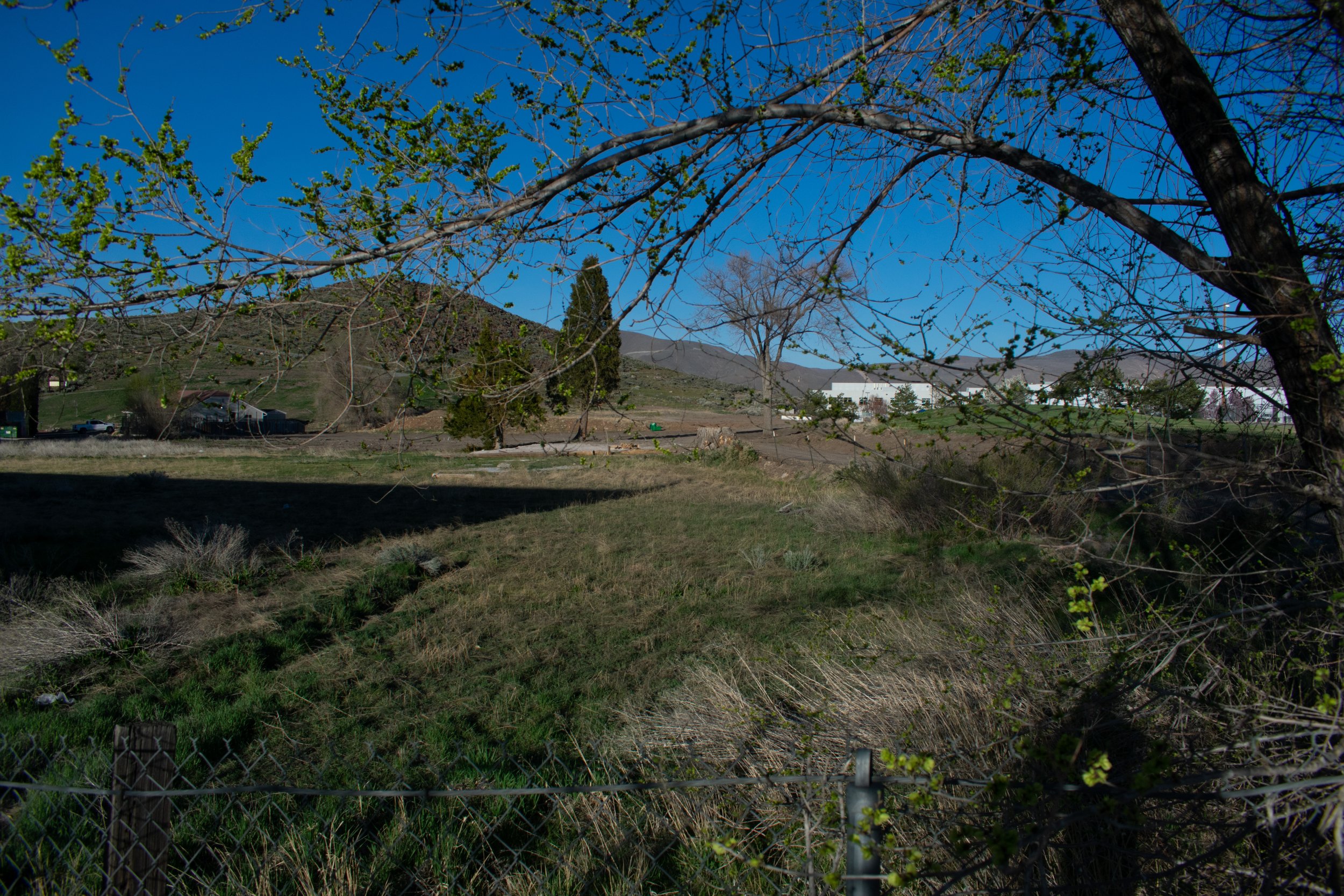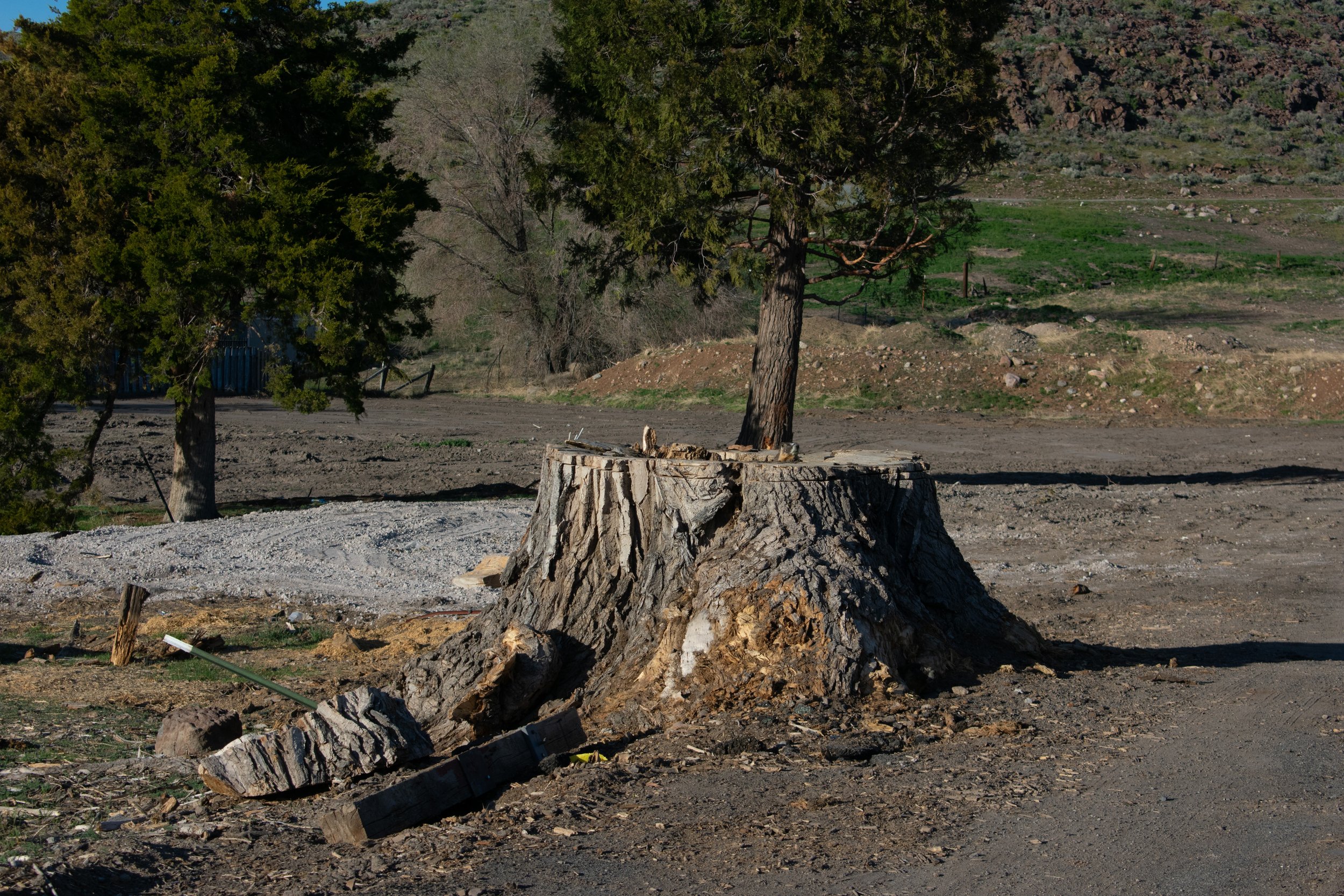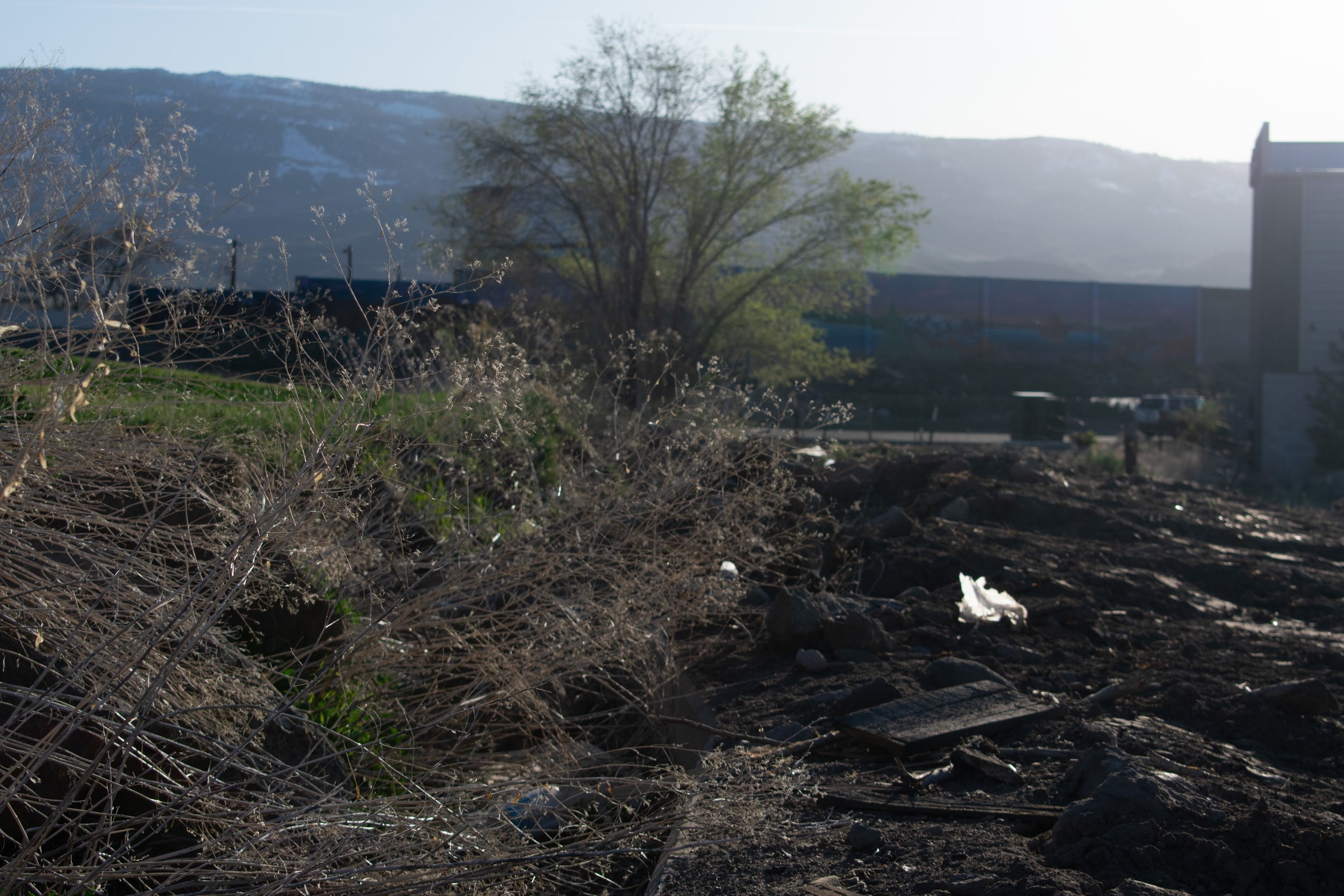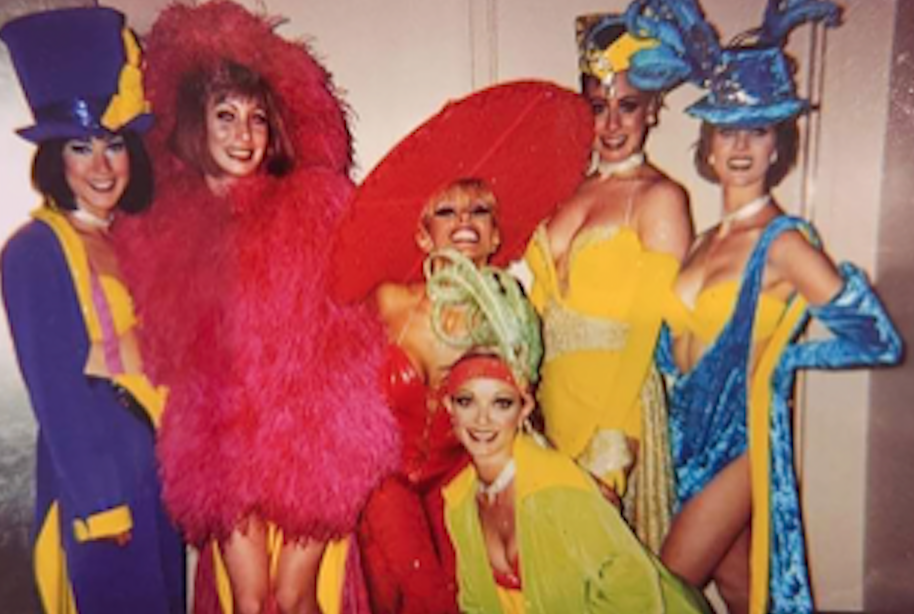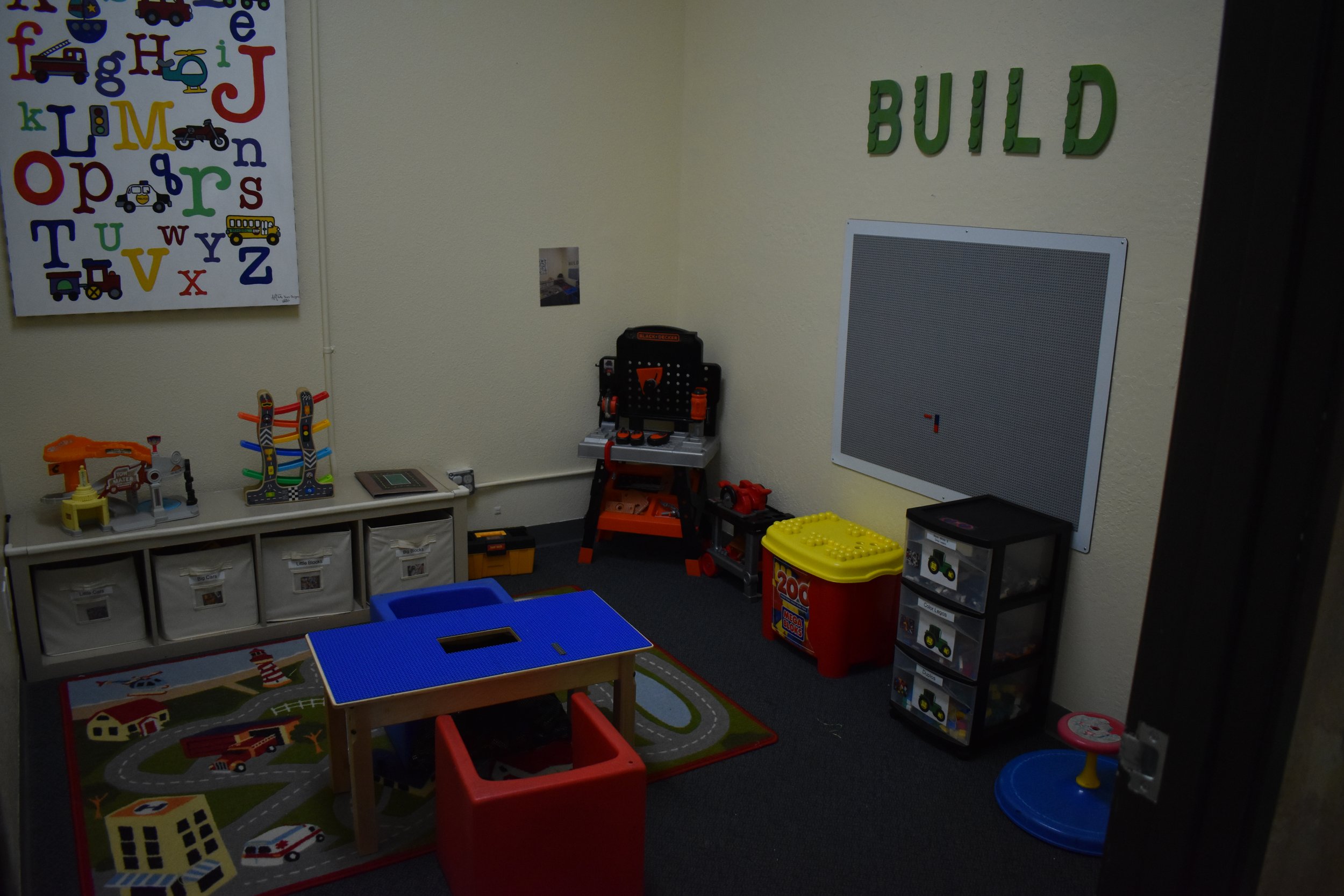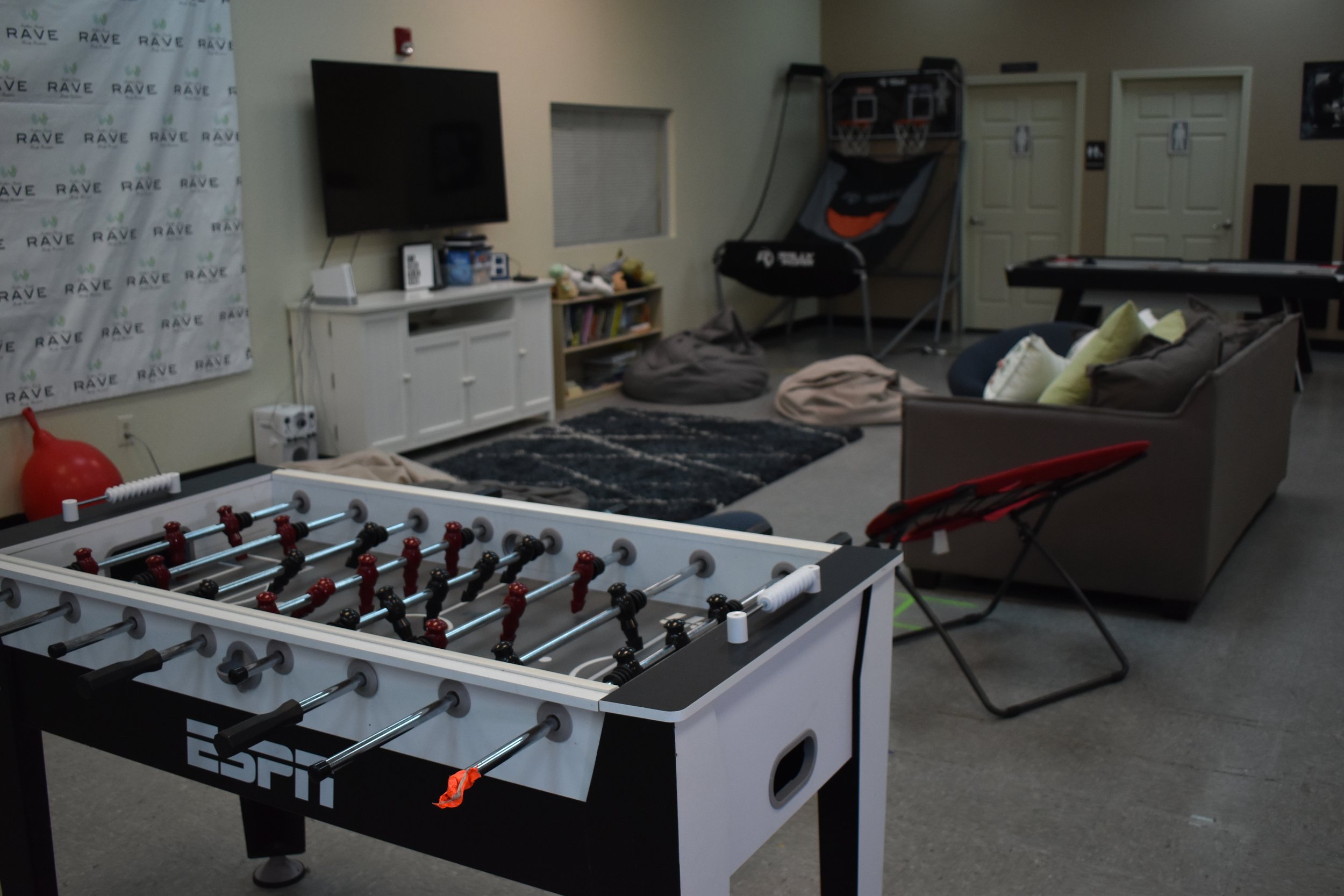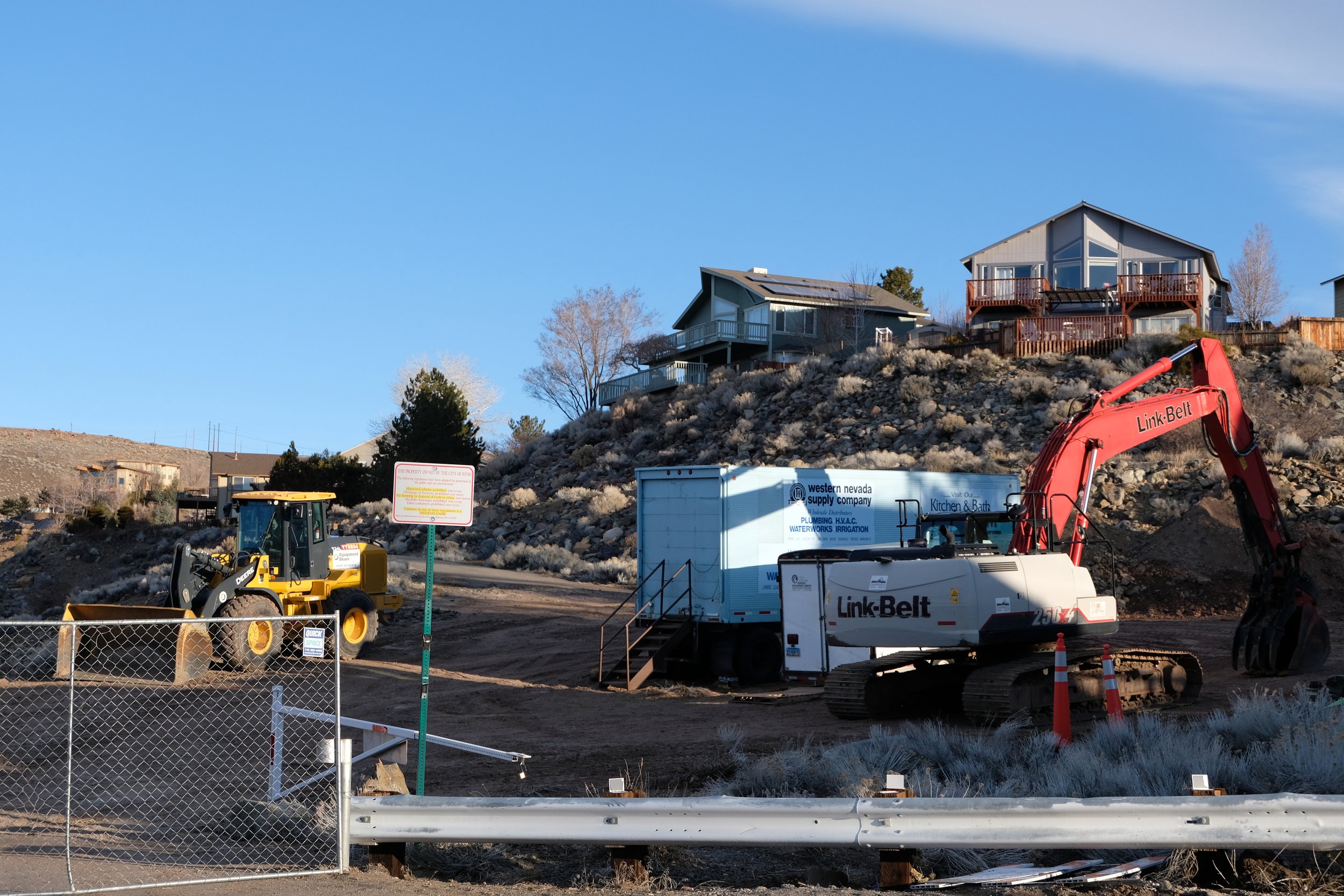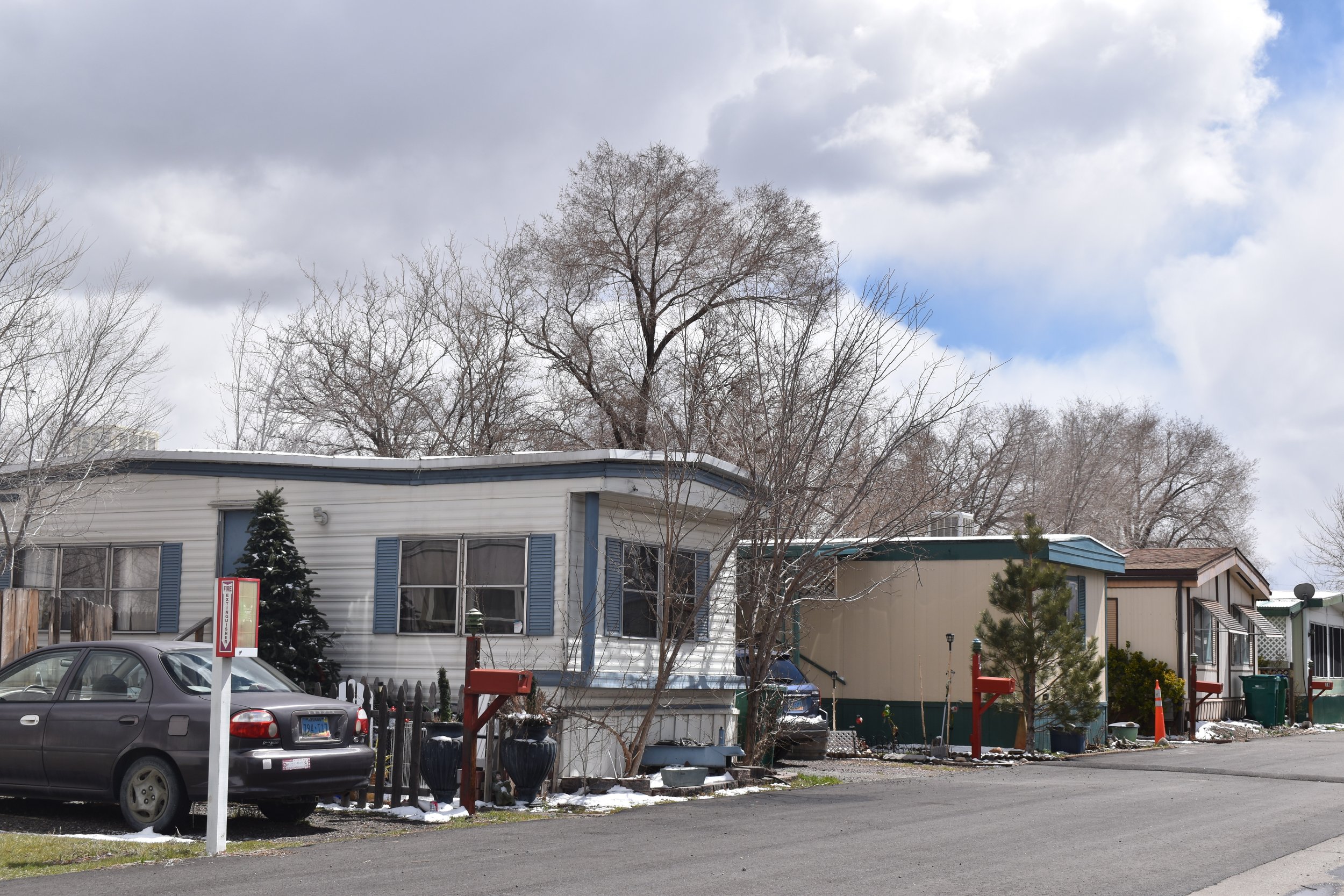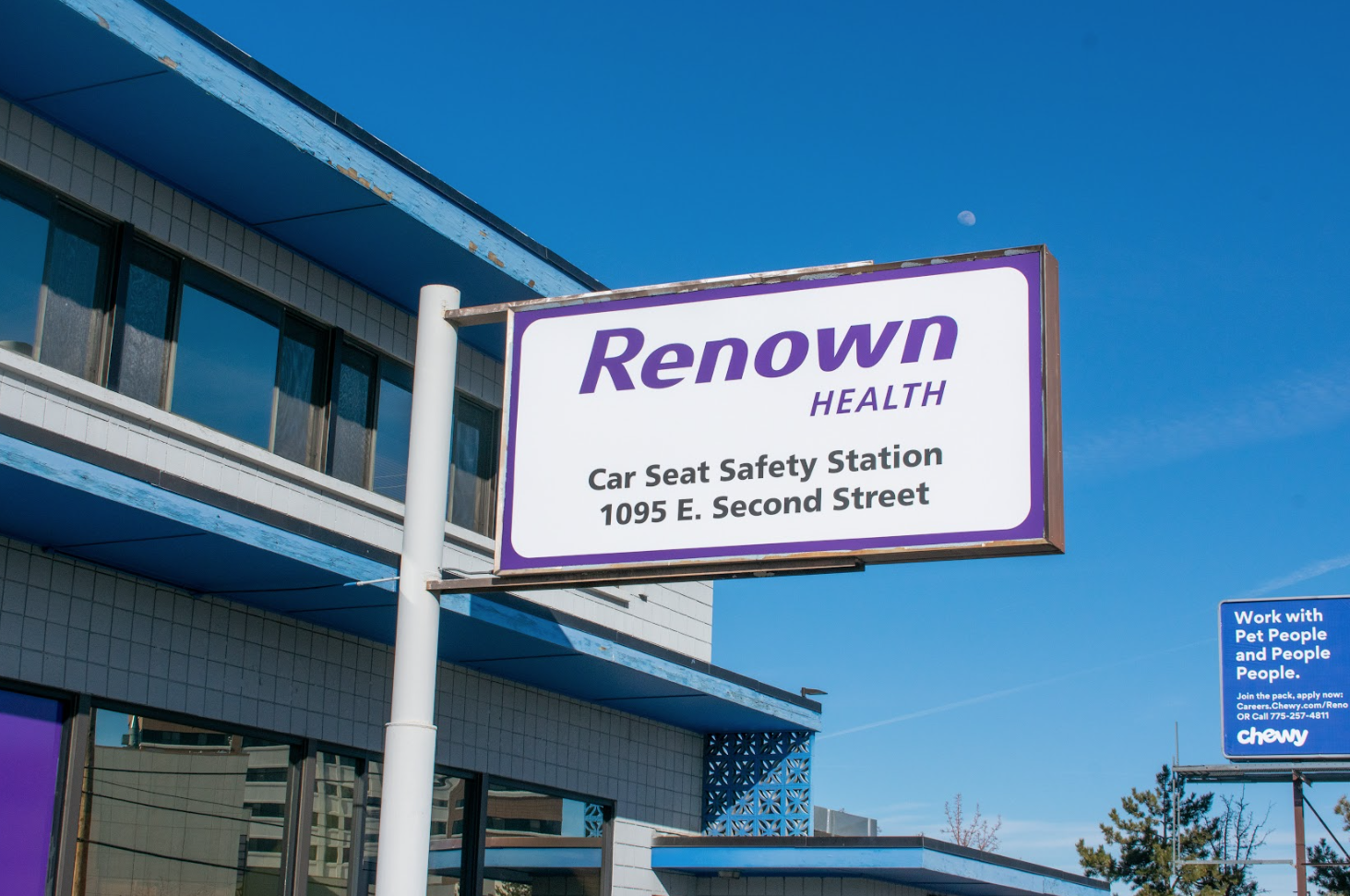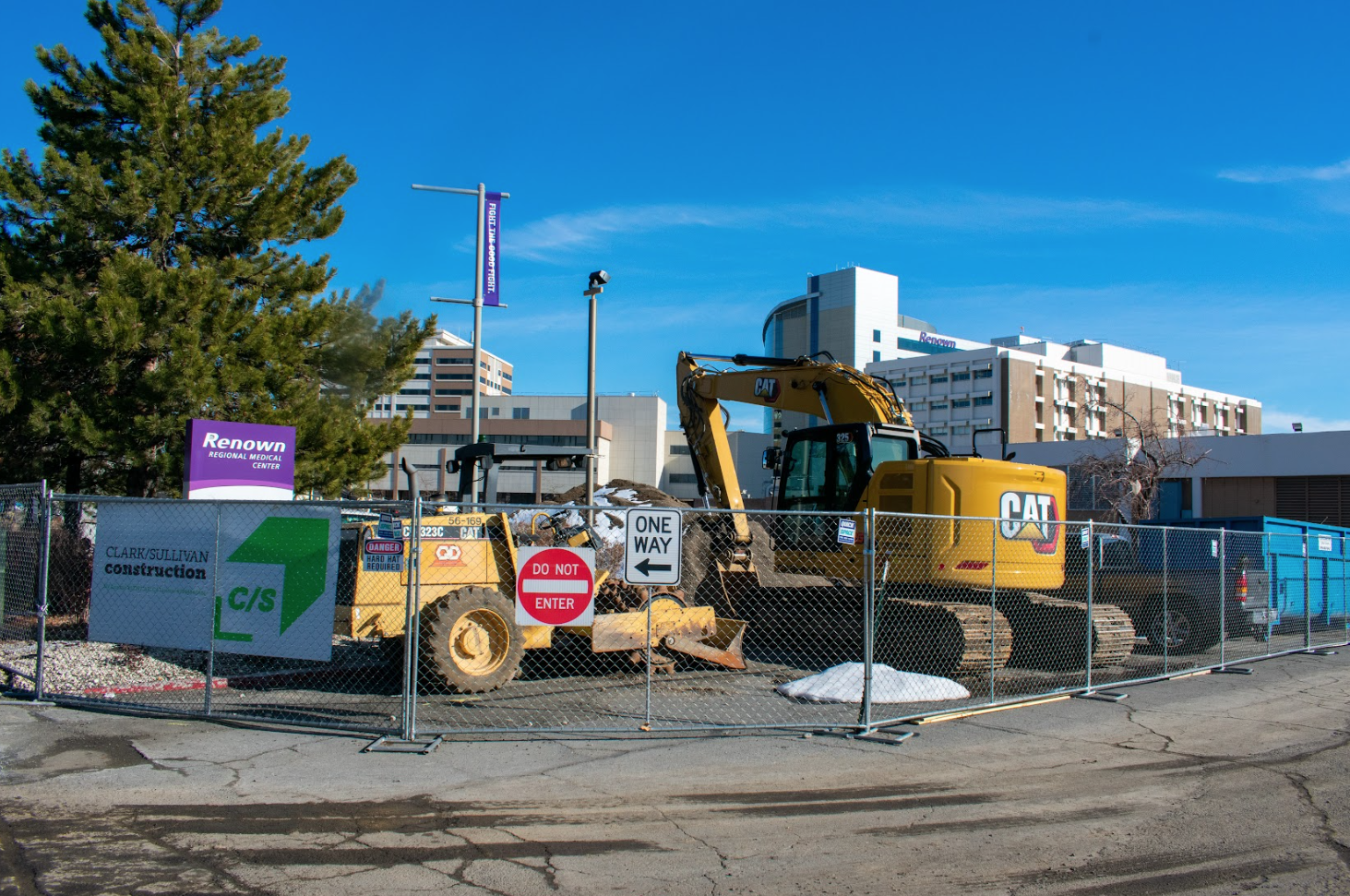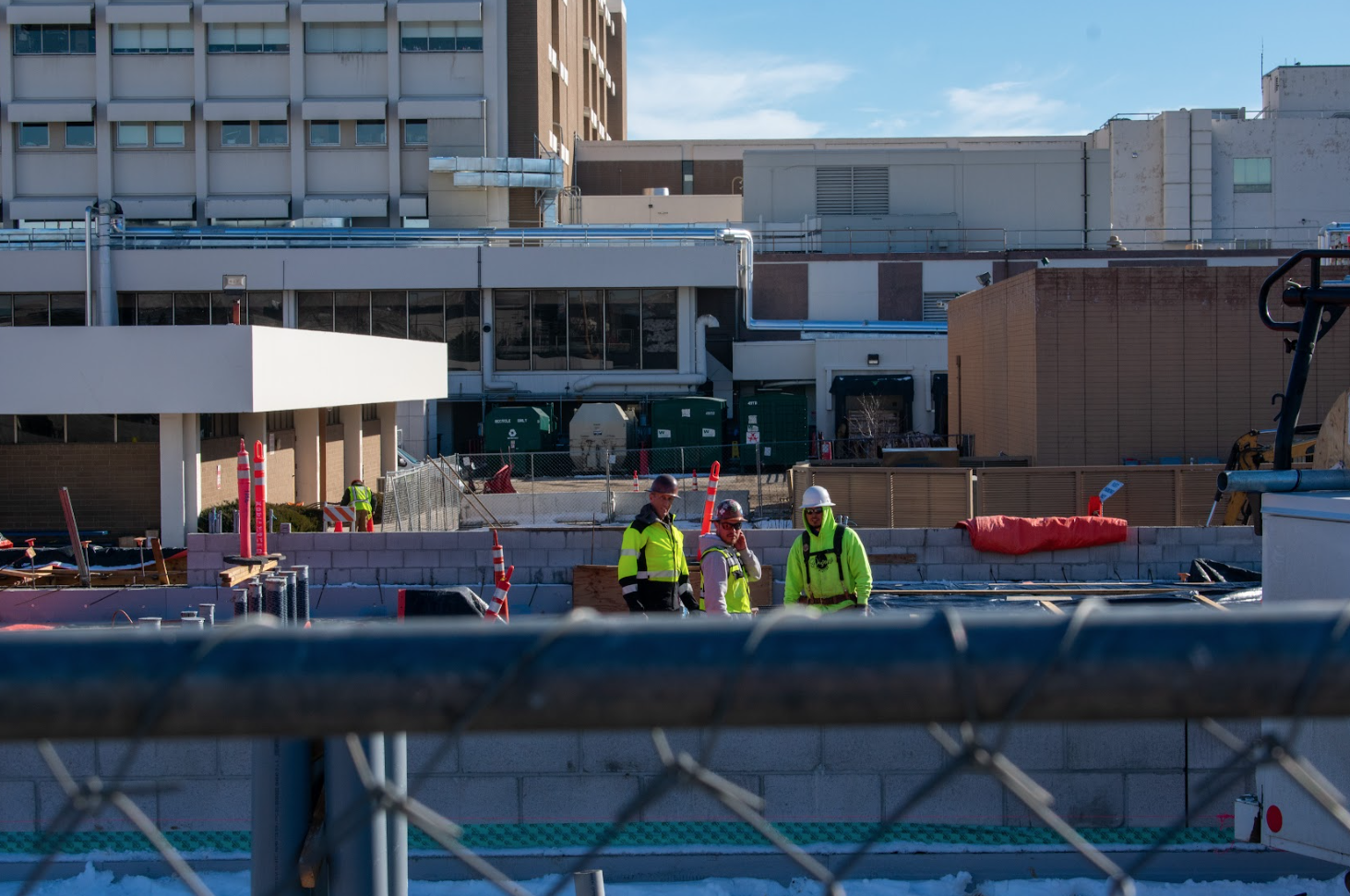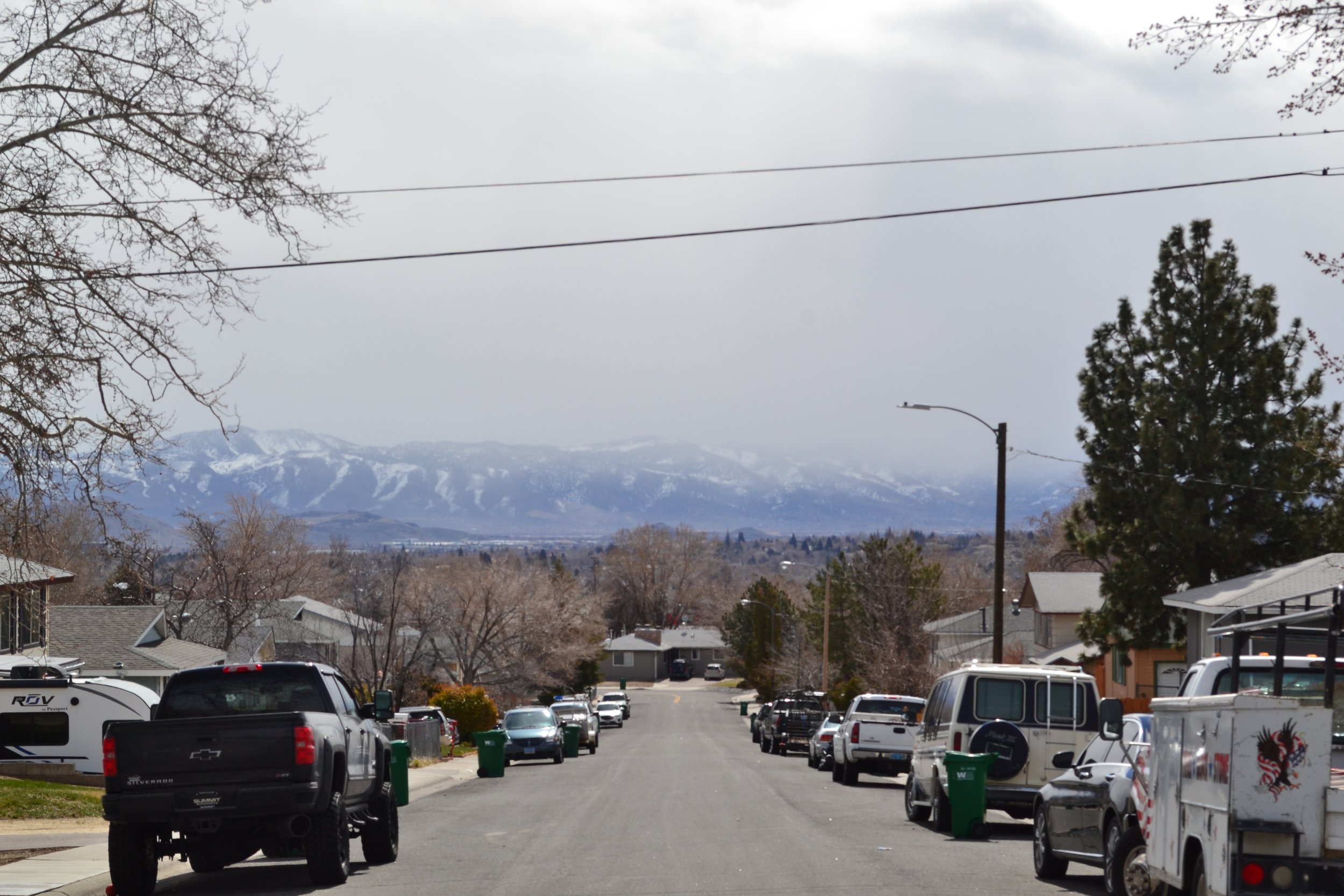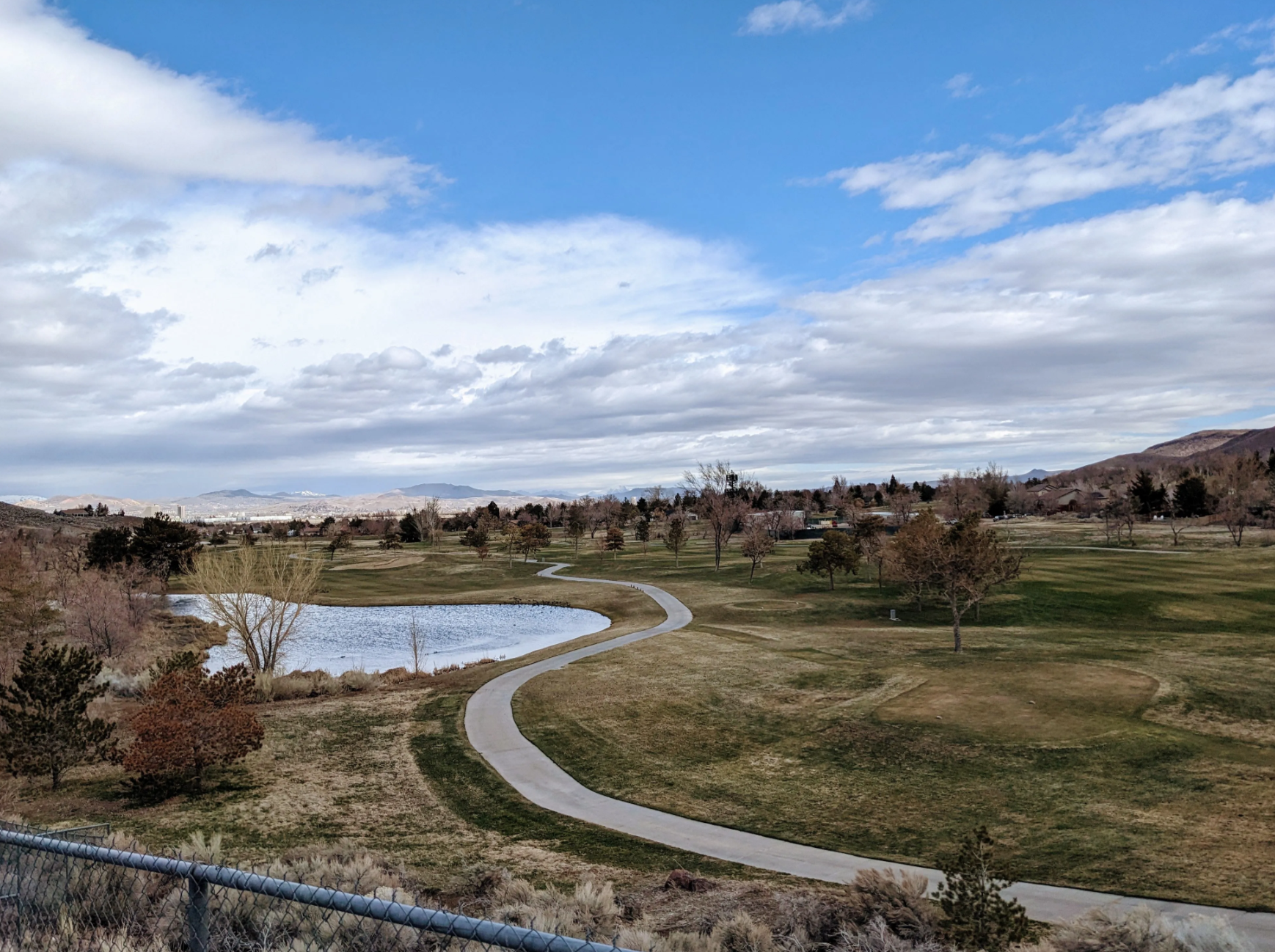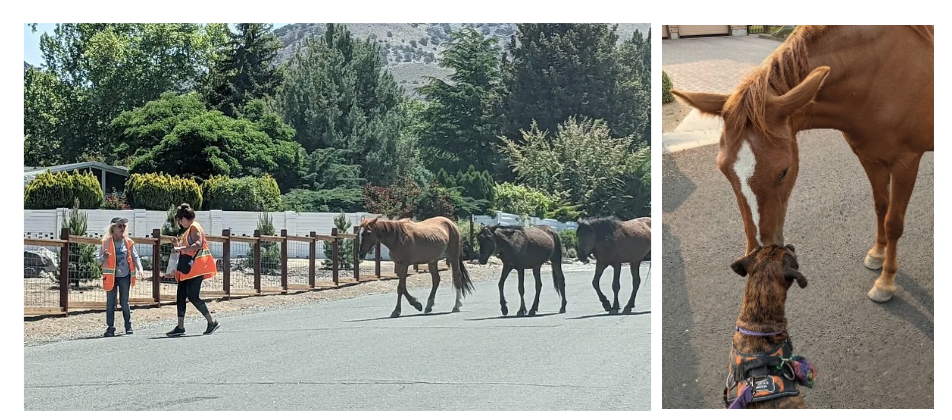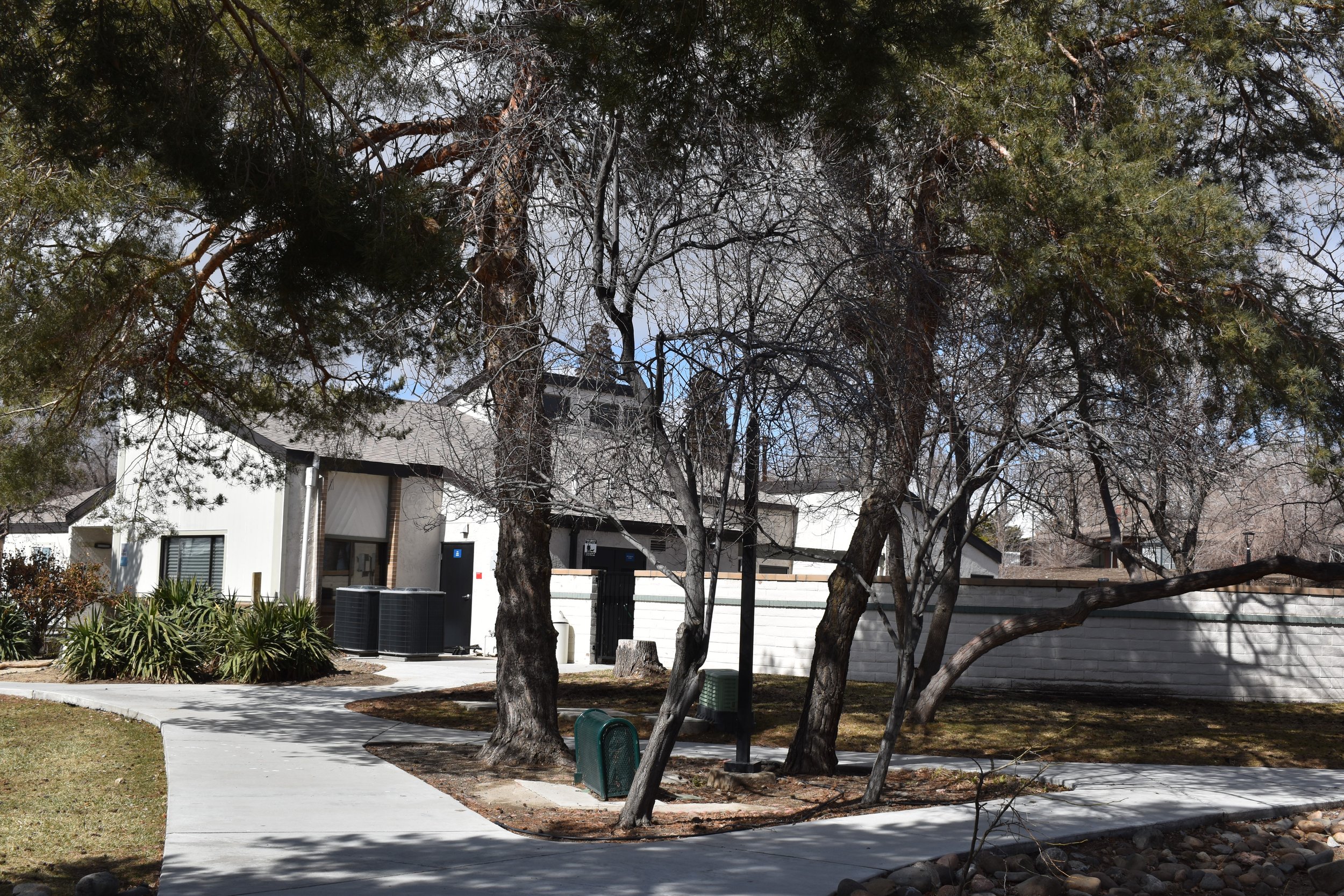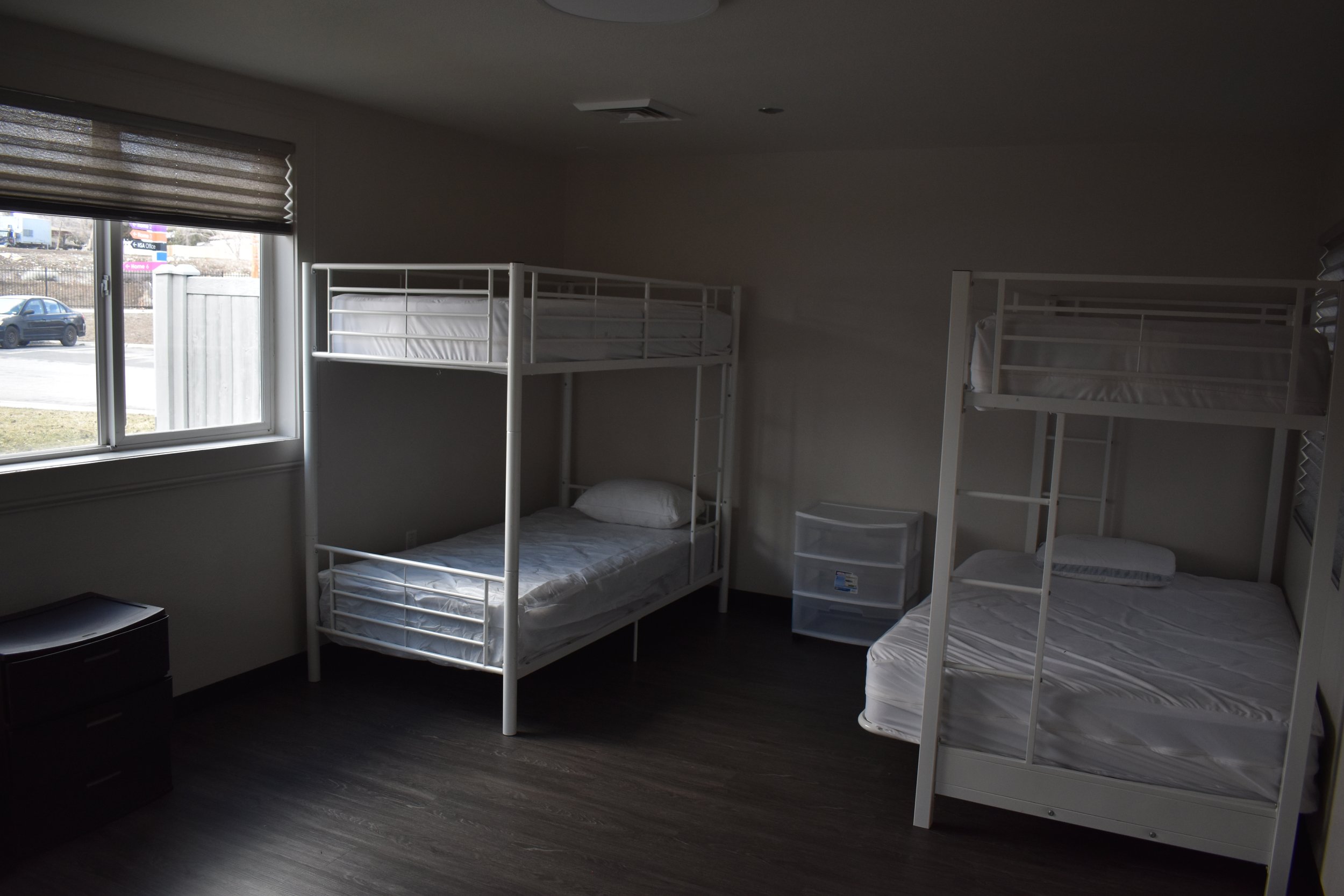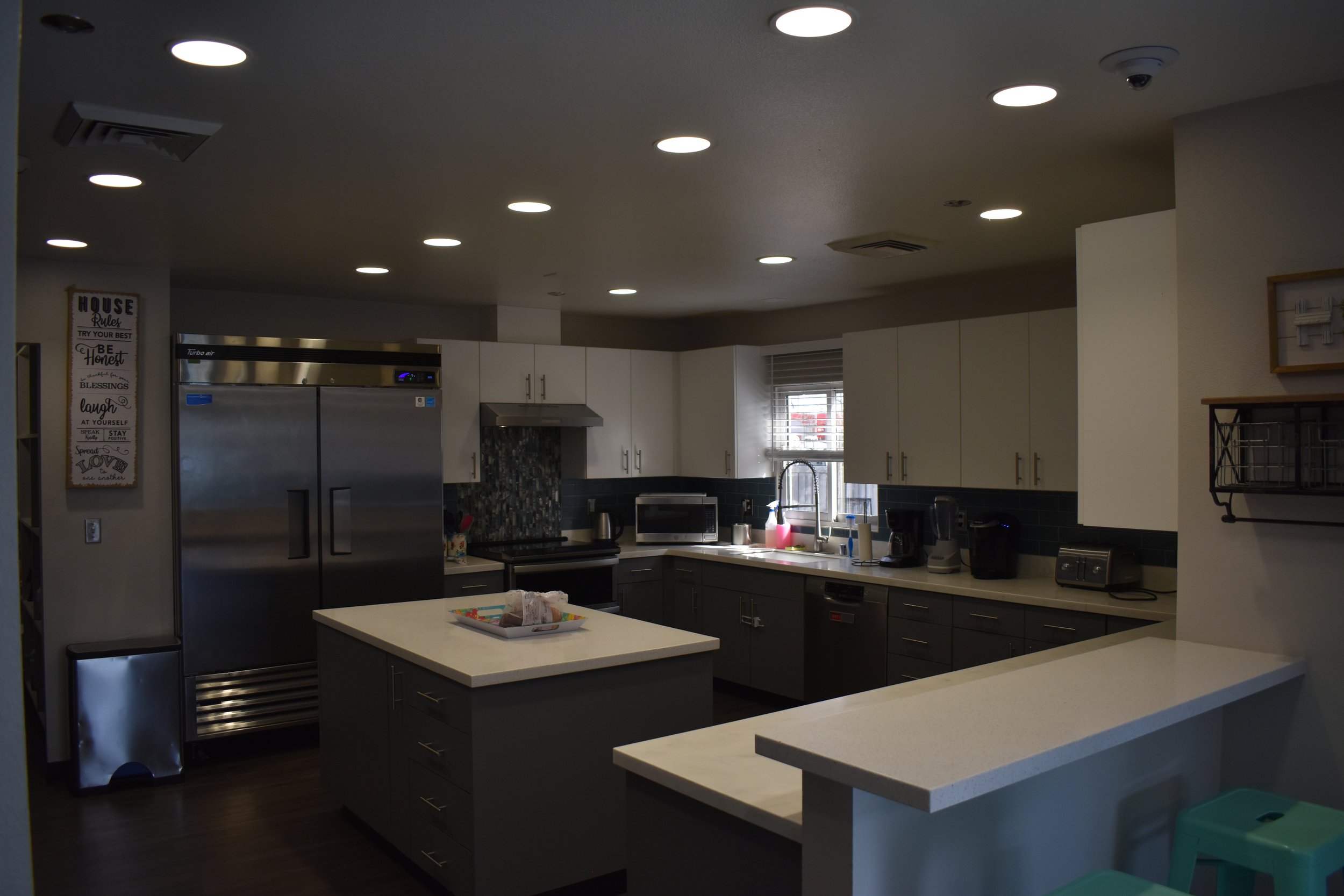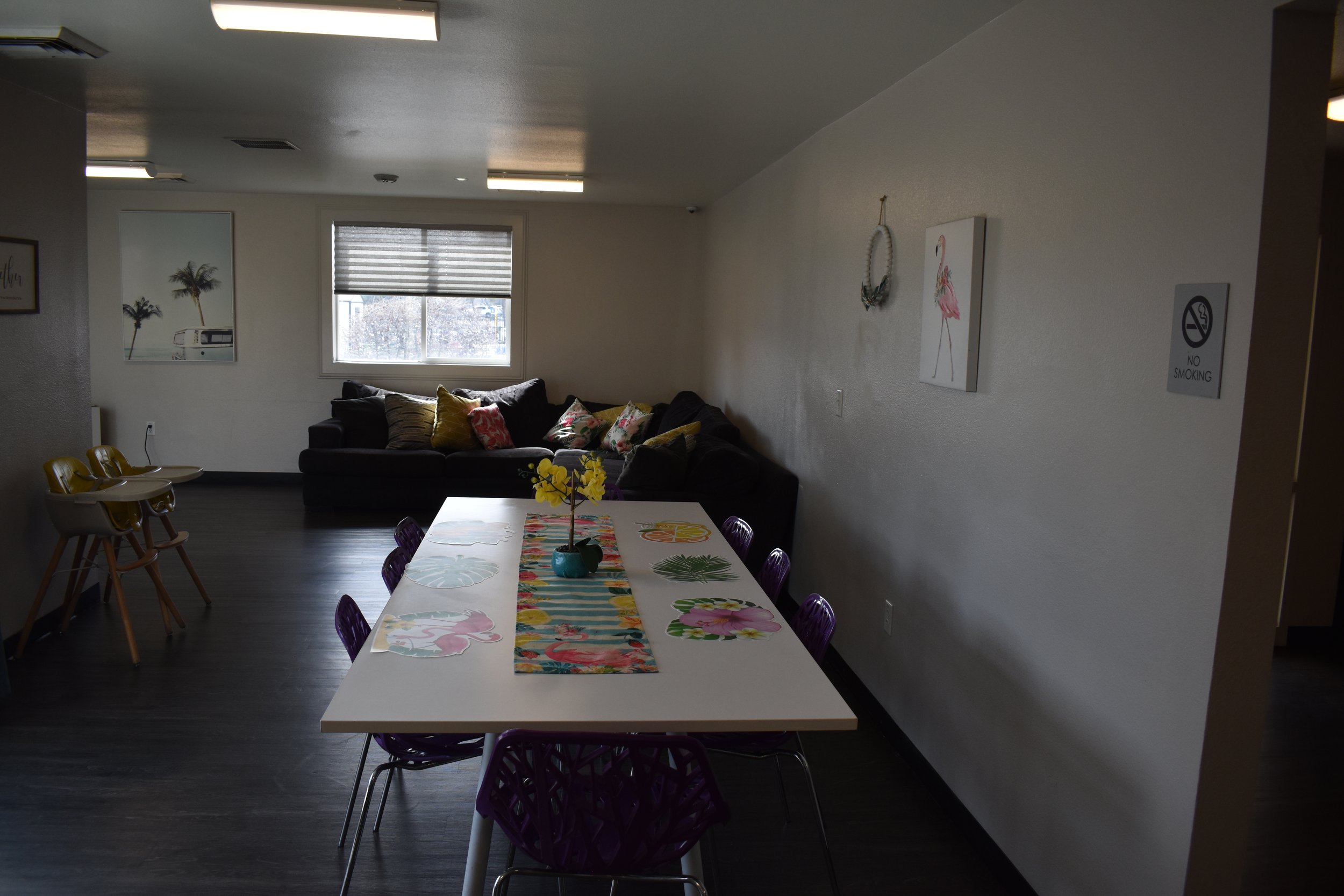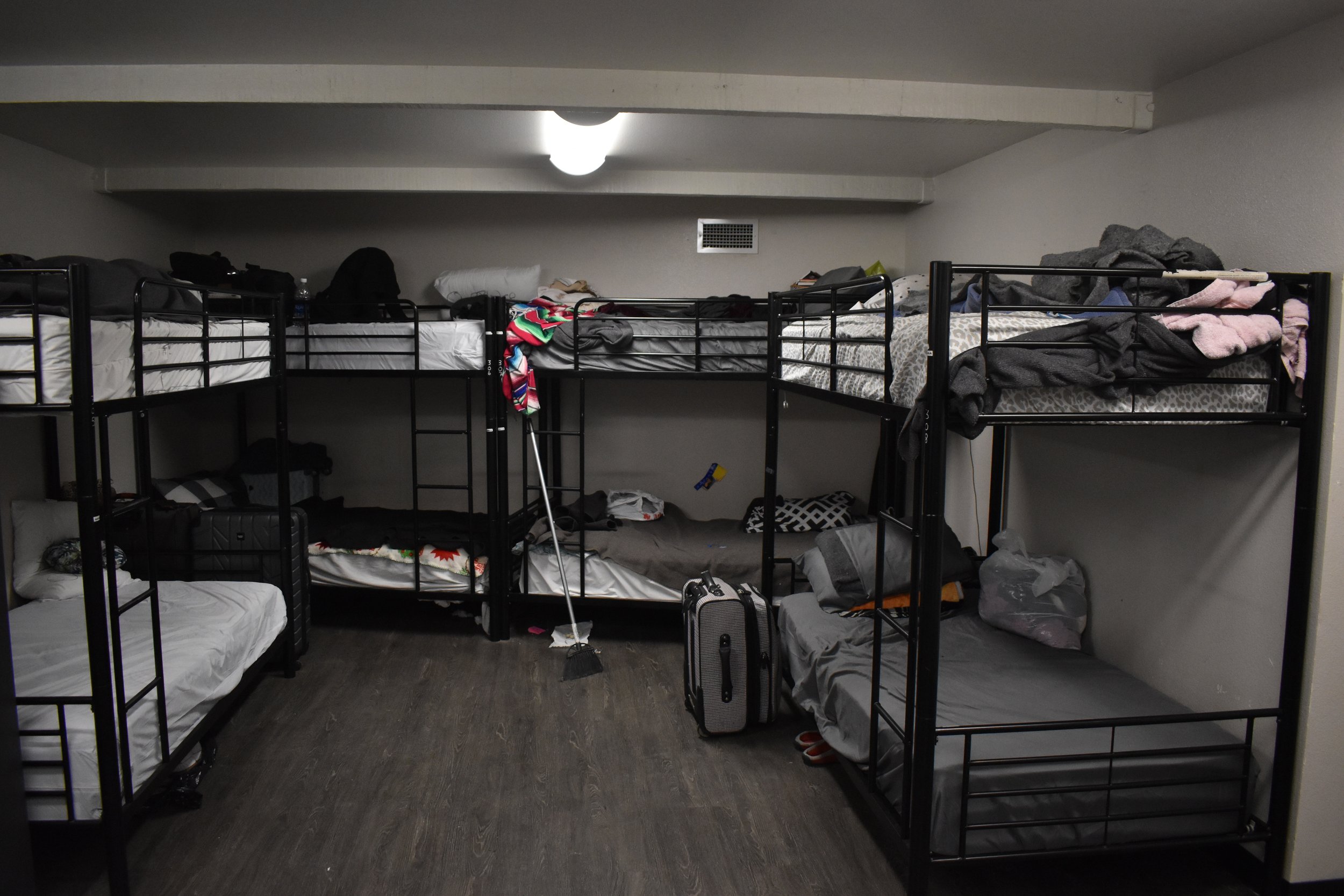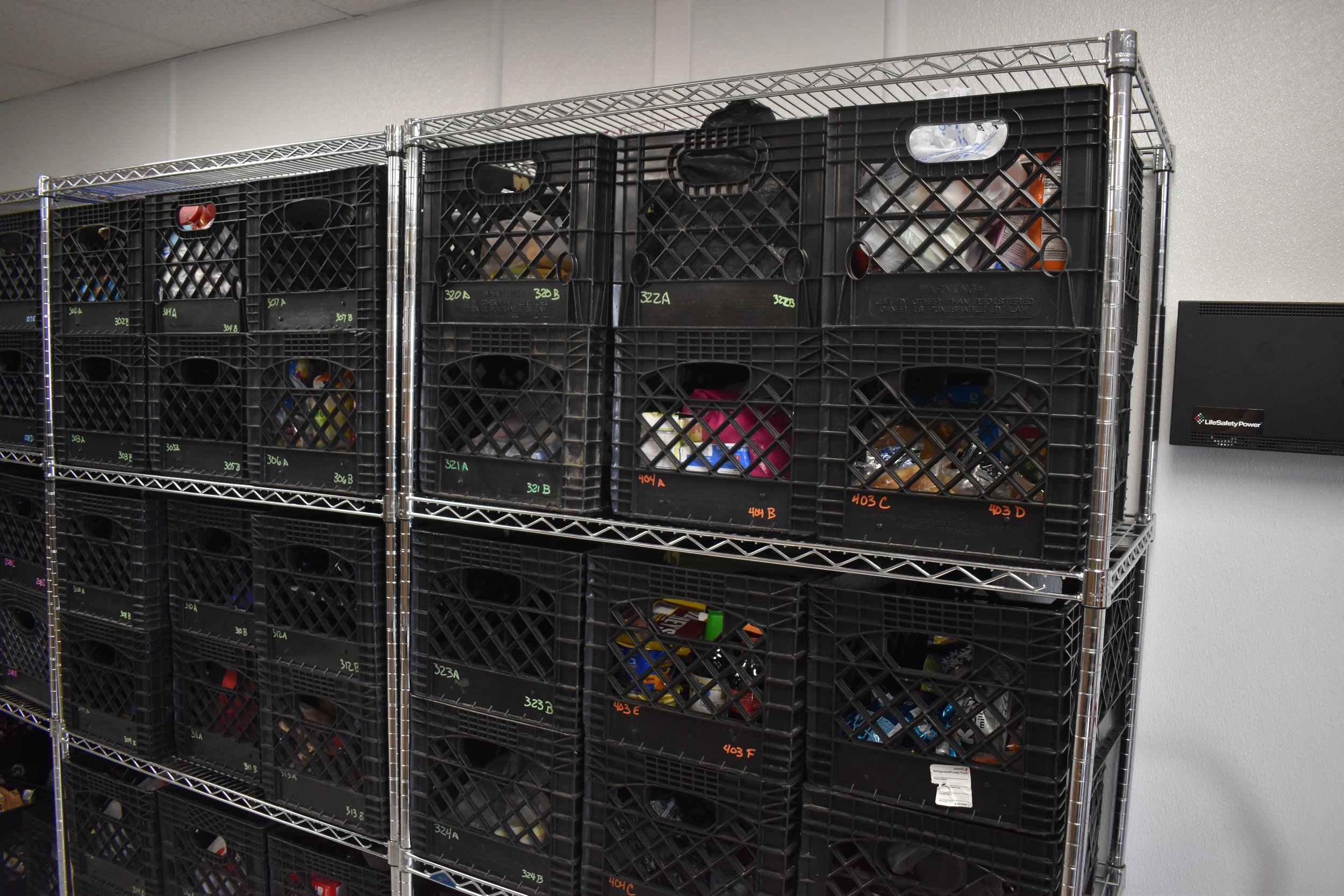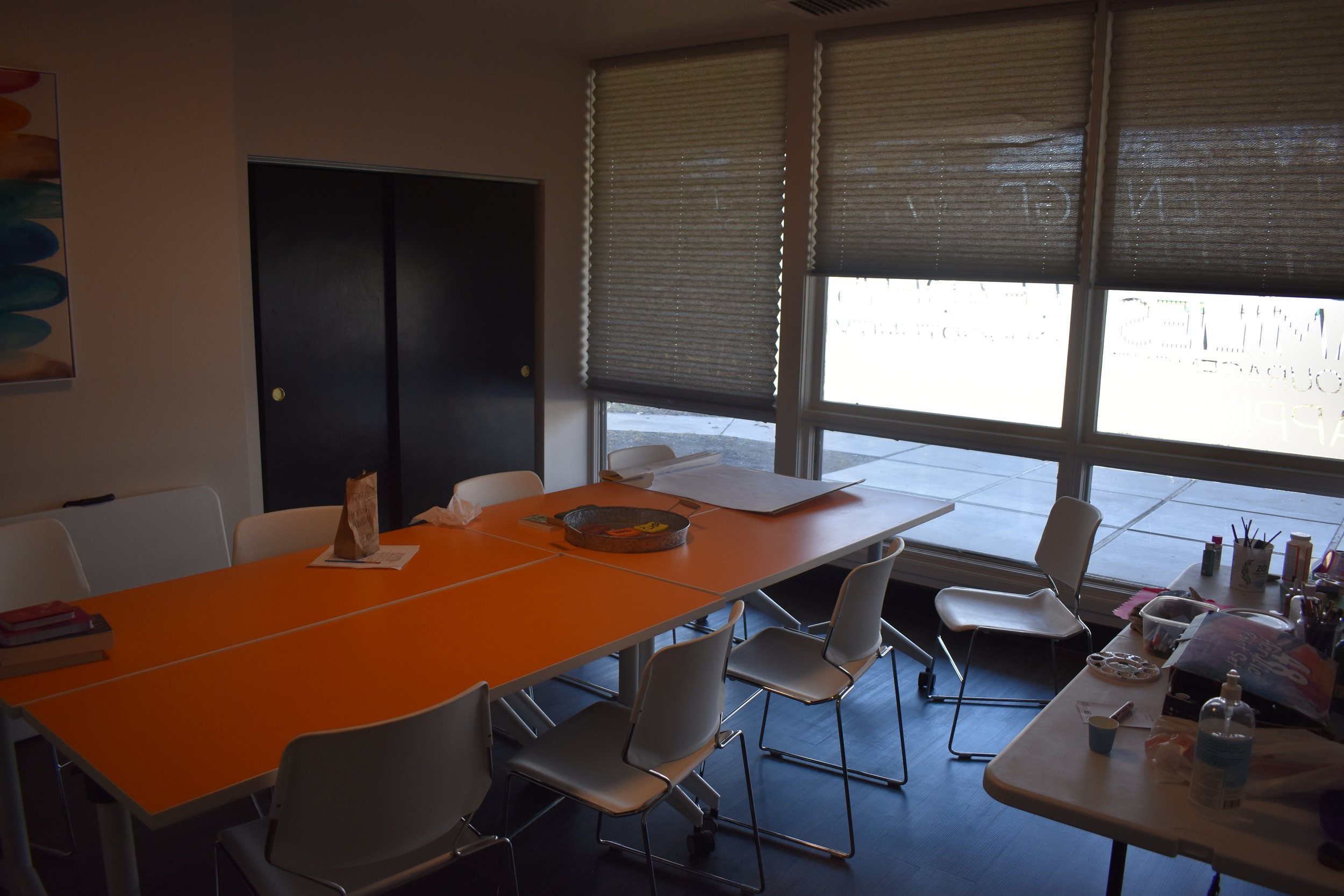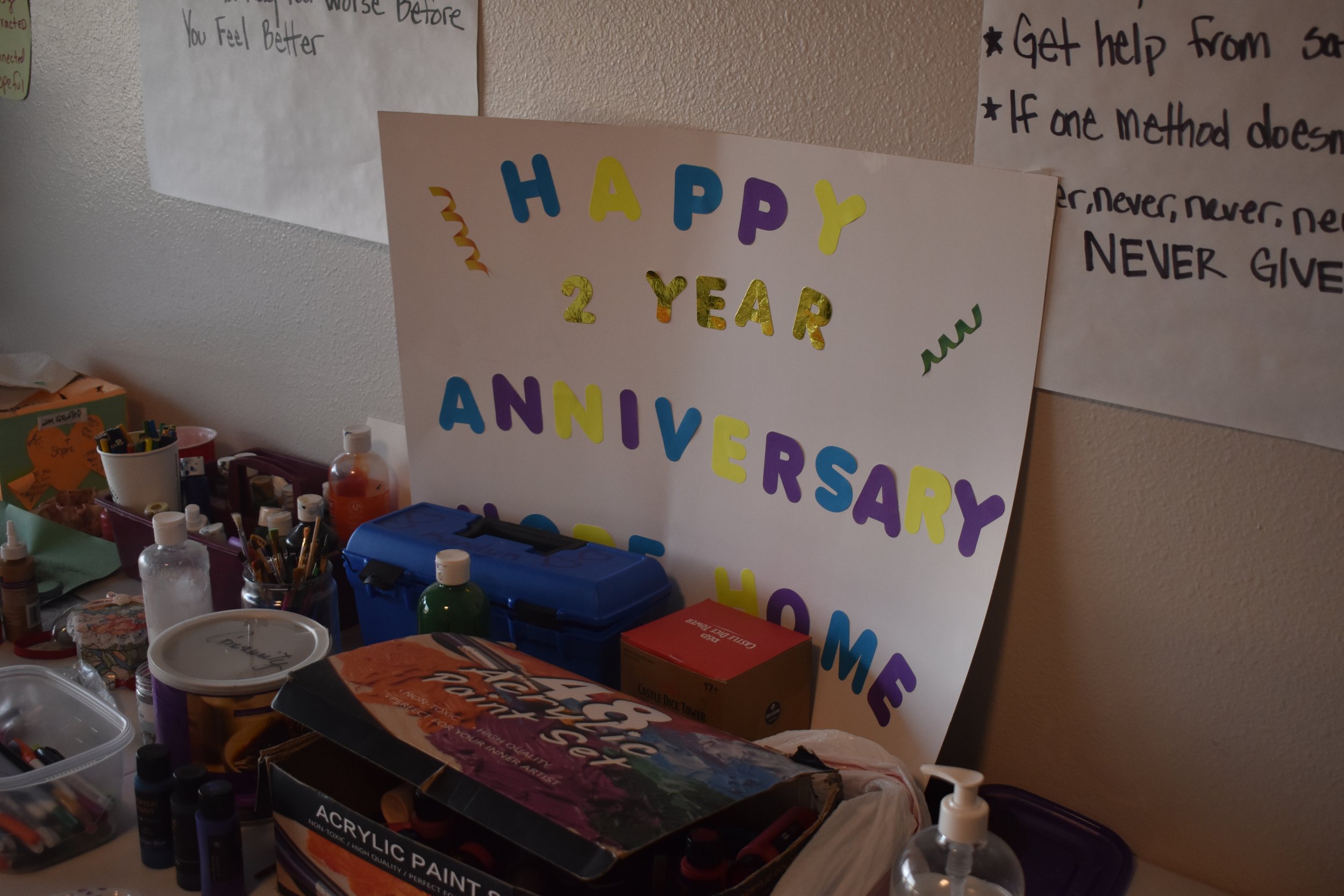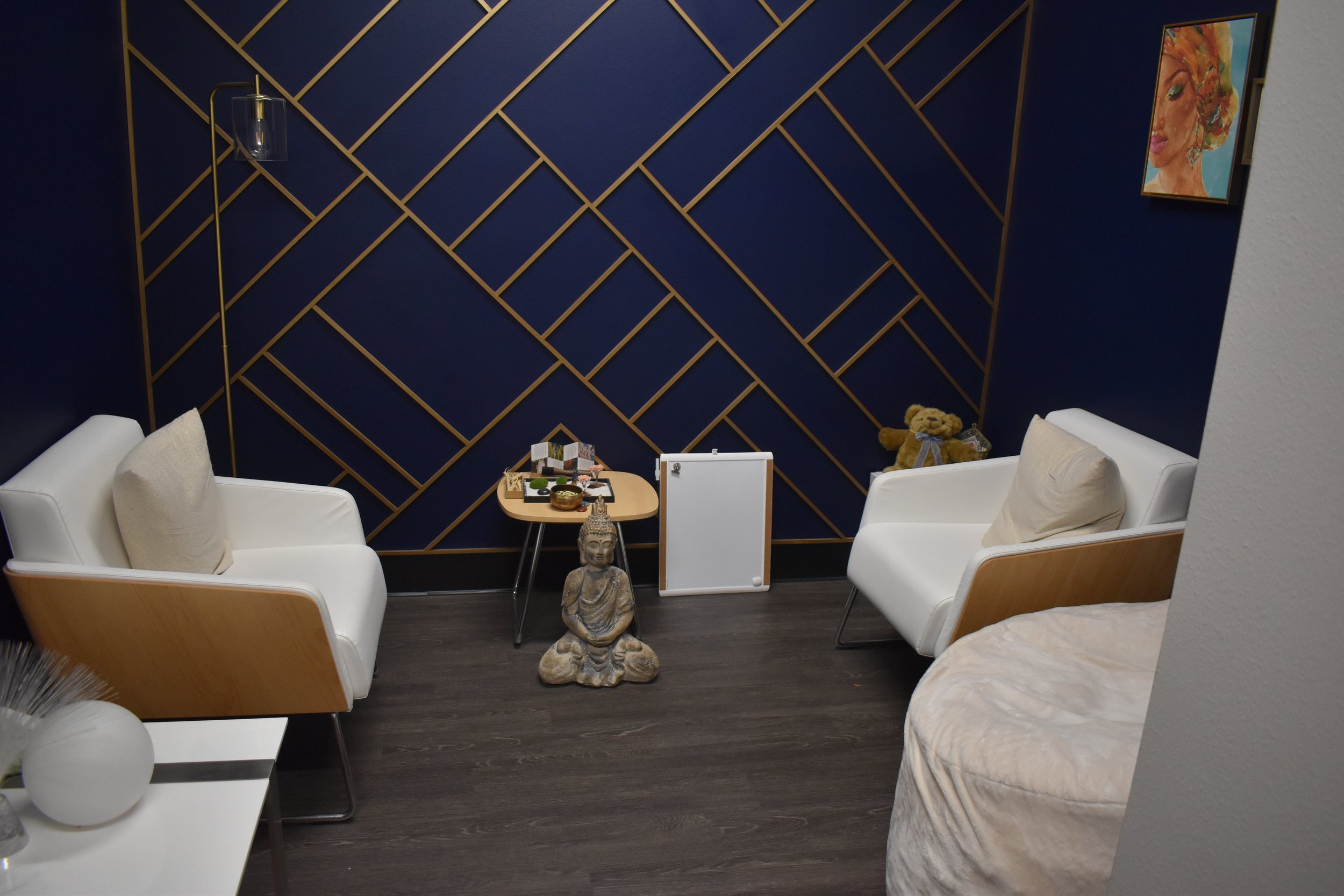Junkee, which just turned 15, is an iconic spot in Reno, in Midtown, heck even in all of Nevada, known for its vintage items, its gritty exterior and kaleidoscopic inside.
Junkee was one of the original Midtown shops that helped make Midtown the eccentric place it is today, mixing the old with the new, bringing in both locals and tourists.
Since then, it’s been a commercial anchor to a changing Midtown, one now being lifted out of its rising rent waters, and soon shipping sail. So we thought it would be a good time for our own appraisal.
Everyone in Reno knows it and it seems like everyone has an opinion about it, from very good to very bad. Some remember all too well comments made by owner Jessica Schneider during Reno’s own Black Lives Matter protests.
Before we get to that, let’s revisit the back story. Schneider was an interior designer until the recession hit in 2008 and she was out of work. She turned her creativity to a new endeavor- Junkee, a unique thrift and antique store that contains so many items for sale that hours can be spent perusing the store.
Walking in is like walking into a whole new world- bright costumes to the right, intricate antiques to the left, there is always something to catch the eye. Every time we wander the store, we leave with a little treasure that could not have been found anywhere else.
The inside of different areas of Junkee. You can find anything from an outfit for Burning Man, the next Reno crawl to your new favorite piece of home decor. Photos by Bethany Bodine. Graphic by Josie Hester.
Junkee has quite a few exciting qualities, as many Reno-ites already know. For starters, it is a huge hit with the Burning Man crowd. As thousands of people flock to Black Rock Desert for Burning Man every year, many stop in Junkee to pick out the perfect fit for the festival.
“Midtown actually started with Junkee!” wrote Heather Puckett, who only agreed to be interviewed via email. “Jessica and a few other Midtown founders knew the community wanted a local district to have something to do that wasn’t gambling, so they started recruiting other businesses to the area.”
A sign located in Reno Public Market, Junkee’s new home beginning October 1. Photo taken by Josie Hester.
This summer though and Burning Man will be the last for Junkee at its current location, which it was never able to purchase. By October 2023, Junkee is scheduled to move into Reno Public Market. It’s also opening another location called Uncle Junkee, which will be at 111 N. Virginia St., right across from City Hall. It will try to cater to college students as well in that location, where there used to be a Woolworth’s, selling outfits for pub crawls, stickers, souvenirs, furniture, Halloween costumes, playa wear and vinyl records.
As it adapts, according to Puckett, Junkee remains a great place to work. She wrote: “Junkee is an amazing place to work because it allows you to have fun, be creative, and feel empowered after a hard day’s work!”
But, according to an ex-employee, the story is a little different.
We spoke to an ex Junkee employee, who has asked to stay anonymous. The ex-employee worked at Junkee post-pandemic, for the Burning Man and Halloween season. When asked about their experiences working there, they instantly had a lot to say.
“Everything I wear tends to be thrifted,” our source said. “I love fashion so I was excited to start working there.”
Their excitement wore off quickly though when the actual work began. They said that lots of concerning comments were made during staff meetings. Our source said things along the lines of, “If you are delicate, you won’t do well here,” and “If you’re not a go-getter this job will be tough,” were reiterated during team meetings.
Our source, though, wanted to give working at Junkee a chance. They are an active Burning Man goer, and wanted to be able to work for a place that welcomes that community. The further they got into their position, though, the worse the conditions became they told us. They said that there were uncalled for rules, such as no sitting on the job. Management would even criticize their walking.
They said if they were not walking at a certain pace or with a certain attitude, management would often tell them, “walk with purpose!” Our source, who works with a disability, found it hard to work under these circumstances. They said that no accommodations were made, or even allowed.
In the end, our source ended up getting let go from their position at Junkee, shortly after Halloween. They claim that management told them, “you’re too depressed to work here.” They went on to describe the entire experience as “traumatizing” and that they had tried to “block it out of their head.”
Of course, employees, ex or current, will always have a different viewpoint than customers.
Painted on the door of Junkee, a now hiring sign. Other previous employees have also told Our Town Reno about a tense work environment, which led to their own departures. Photo by Bethany Bodine.
Despite their experiences, our source still defends Junkee, saying they strive to be a size-inclusive shop, which can be difficult at times when depending solely on donations for a curated vibe. As for the public, several stints from the owner have left locals wondering if they should continue supporting Junkee. Now let’s take a look at the history of comments made by the owner.
During the height of the Black Lives Matter Movement, things for Junkee got a little out of hand, through Schneider’s own doing. On the biggest day of protests in Reno, people stormed City Hall. Schneider immediately posted on Junkee’s Instagram business account, shaming some of the protesters entering a ransacked City Hall. Several young women were wearing short overalls and slippers. Schneider commented, “How embarrassing for them! #nextsizeupontheoveralls #slippersreally #yououtgrewthoseinthethirdgrade.”
Screenshot taken by user FamousTask6 on Reddit.
Many active in Reno social media immediately called out Schneider for the hypocrisy of being a woman running a local clothing business owner tearing down other women. Schneider issued several apologies, deleting the first one and finally saying,”I’m asking for grace and mercy. It was painful. I was angry. I take full responsibility. It was a terrible mistake […].”
Her employees were very disappointed in her actions and words and scheduled an intervention for their boss after the incident.
Despite her apologies, people of Reddit-Reno and on other platforms have been stating their negative thoughts on Schneider since then. Her behavior has sparked ongoing conversation regarding the reliability of Schneider. Reddit users under r/Reno are often discussing Junkee, its ownership, and its effect on Reno. At one point a #boycottjunkee hashtag was started.
A collection of comments from Reddit users in regards to Junkee and owner Jessica Schneider.
When we contacted Jessica Schneider for comment, Heather Puckett responded saying that Schneider was too busy to respond after we sent the list of questions we had.
Regarding the allegations about Schneider, Puckett wrote, “You can’t really have an opinion on someone you’ve never met and sat down and talked to!” We were denied this opportunity as student journalists.
Puckett went on to say that Junkee was an incredible place to work writing, “Jessica is so good to us too: it’s not just a job to her, it’s an investment in people!”
By next Halloween, always busy in the current store, the Junkee Midtown location will be a place of the past, and many in the community are hopeful Junkee will leave all the bad and the ugly behind, taking only the good to its two new homes. Change has not always been commercially viable for Schneider. There was briefly a Junkee in New Orleans on Toulouse St., but its last Instagram post is from 37 weeks ago, and its Google Reviews page says it’s permanently closed.


